Iran Part 8: From Khorramabad via Shushtar to Arak
By bike and train through Lorestan to Khuzestan (45)
After a month filled with the most beautiful sights and most magnificent mosques of Iran, we longed for a change. We were looking forward to be back on our bikes and cycling along remote landscapes. Our planned route was to take us through Lorestan into Khuzestan province and then on into Kurdistan. Most parts of Lorestan are covered by the Zagros Mountains and it’s one of the wildest regions of the country, known for waterfalls and canyons. Despite the beauty of the province, little information from other travellers can be found online and it seems that not too many visitors travel to this part of Iran. Of course, this makes us all the more curious and promises a touch of adventure.
Learning about Lorestani Culture
We take the bus from Kashan to the provincial capital Khorramabad and arrive after midnight and do something that we normally wouldn’t do in other countries: We pitch our tent in the middle of a public park. It’s no problem and we are left in peace. The next day we first want to learn something more about this new region and visit the unmissable eight-towered castle Falak Al Aflak, that used to be a prison. Now it houses a museum with historical artefacts, photographs and wax figures in traditional Lorestani dresses.
We learn more about the nomadic traditions of the Lur people and their hunting techniques and also about the local dresses. The women wear short vests embroidered with gold and a headscarf with a cypress pattern knotted behind their heads. We’re always amazed at the great differences that exist between the various provinces of Iran, we weren’t aware of this to such an extent before. These differences are evident in the language, cuisine, music, festivals and clothing. In Lorestan there are still some families that live as nomads in the mountains during the summer and spend the night in big black tents made of goat hair. But you need good contacts or book a tour to visit the nomads and so we have to be content with the exhibition at the Ethnographic Museum in the fortress.
Impressive landscapes & police escort on road 37
From Khorramabad we choose to cycle along the scenic road 37 via
Pol-e Dokhtar to Dezful. We are thrilled by the route. We finally see trees again, cycle through canyons and past historic bridge pillars. We have missed such beautiful landscapes and we enjoy being on the road to the fullest. We pass only a few hamlets where mostly figs are grown and quickly realize that there aren’t so many foreign tourists here and generate even more attention than usual. The people are consistently friendly and curious and we are often invited, but you do need some Farsi (or Lur) knowledge in this part of the country.
We have to admit, that sometimes the kindness of the Iranian people can be a little too much for us. When we reach the small city of Pol-e Dokhtar, we drive along a gravel road through a village and want to pitch our tent back there by the river. However, some helpful villagers advise us to turn back, since there is nothing else coming after the village. We know that they only mean well with us, but we also know that we cannot possibly go on now, they would follow us and want to invite us to their homes. After a long discussion we give in and have to cycle back through Pol-e Dokhtar and look for another campground, where no one notices us. We arrive only at dark after a long day and 100 km on the bikes. Such situations are the downside of cycling trips, when you’re tired and you just want to be left alone and at the same time you’re feeling bad because everyone is just trying to be friendly and helpful.
Unfortunately, we also attract the attention of the police in this area, who make it their business to accompany us. They tell us it’s for our own safety, but we can’t find out the real reason. So far, we’ve been able to avoid the police quite well on our trip and it’s a mystery to us why exactly this area should be more dangerous than others. One policeman doesn’t leave our side and waits with us in the shade of a tree until we have finished our lunch and our midday nap. We are annoyed, but also feel sorry for him, since he’s simply following instructions and surely doesn’t find it that exciting to accompany two cyclists at walking pace, having to stop every few meters to wait for us. What should we do in the evening when we want to camp somewhere and wash ourselves?
The Grand Canyon of Iran: Khazineh Canyon
Our destination this evening is Khazineh Canyon, also known as the Grand Canyon of Iran. From a viewpoint we have a spectacular view of the deep canyon below us. The river bend below us reminds us of the famous picture of Horseshoe Bend from Arizona, a place I always wanted to visit. Who would have thought that a similar landscape exists in Iran?
We decide that we want to spend the night at this impressive place. Of course, two new policemen follow us here as well and ask about our passport and our plans. We tell them honestly, that we’d like to spend the night here and to our surprise, they let us do that and leave. Apparently, it’s suddenly safe here again. Until late in the evening there are still some people drinking tea and dancing at the viewpoint next to the canyon, but at night we’re the only ones staying here. To experience the canyon in all its shades in the early morning and to drink a coffee at the edge of the canyon is a unique moment. But we can't stay here too long, because today it's getting hot around 40° C.
Things don’t go as planned in hot Khuzestan
While we saw green mountains, fields and trees at the beginning of the road 37, the landscape changes the closer we get to Khuzestan province. We don't see the police anymore on this day and it seems that the escort is finished. The scenery becomes more and more barren, but no less impressive. Unfortunately, there is little shade that could protect us from the scorching sun.
After a very long day, we’re completely exhausted by the time we reach the train station in Andimeshk. The reason for the choice of our route is one of the most beautiful train routes in Iran, which leads from Andimeshk to Dorud. Since the route is very popular, we want to buy our train tickets in advance at the train station. But the old man at the counter can't help us, we should better go to the police. Well, if he thinks so. We go over to some police officers in the waiting hall and ask if anyone speaks English. And then something completely unexpected happens à la Iran. A young man jumps up, speaks fluent English and is obviously happy to be allowed to help tourists. He introduces himself as Sasan and as it will turn out later, we’re the first foreigners he has ever talked to. He would help us organize the tickets and we should just come back to the station one day before the scheduled train trip and ask for him. We write down his number and cycle to Dezful, which is 10 km away. We just want to take a shower and sleep, because it’s already evening and we’re completely exhausted. Actually, we had counted on a private invitation in Dezful, but the host didn’t answer us and so we have to find a place to stay as soon as possible. But all the hotels are fully booked. We really didn't expect this in such a non-touristic place. We sit devastated in front of the hotel and think about what we should do now. What would you do in such a situation?
We are too tired and frustrated to make a rational decision and camping is out of the question after so many sweaty days of riding. I suggest to Dario that we take a cab with our bikes and luggage to Shushtar, 60 km away, and go to a guesthouse there, because that was our plan for the next few days anyway. A hotel in Dezful helps us organizing a vehicle that can take us all the way to Shushtar, but there’s only space for two people in the front. So, I choose to sit between our luggage and bicycles in the back and rumple through the sultry night to Shushtar. We arrive at 10:00 p.m. in an available guesthouse and can finally get some rest.
After a good night’s sleep, we have to laugh about our irrational decision the next morning. Why in the world didn’t we just take a normal taxi for two people to Shushtar and leave our bicycles and unnecessary luggage at the hotel in Dezful in a storage room? Well, in hindsight one is always smarter.
Of historic water mills and an Iranian pyramid
We relax for three nights in the 200-year-old Sarabi Traditional Hotel in the middle of the old town of Shushtar. Unfortunately, without internet connection, because the whole province of Khuzestan is offline right now and nobody knows for how long. This was triggered by demonstrations in the region for better living conditions and instead of listening to the demands of the people, the Iranian regime in such cases blocks the Internet so that the demonstrators can no longer organize themselves. Unbelievable from our perspective. But life in Iran still goes on relatively "normally", because society isn’t yet as dependent on the Internet as we’re in Europe. We adapt and concentrate on sightseeing, even though it’s a strange feeling to suddenly be completely cut off from the flow of information.
It's a mystery to us why not more travelers visit Shushtar, as the city has so much history to offer, historic bridges, a restored caravanserai, and a few beautiful houses from the Qajar period.
The main attraction of any trip to Shushtar is the UNESCO protected historical hydraulic system, whose history dates back to 5th century BC. Two canals from the Kanur River were diverted to supply water to the island city of Shushtar and power its historic mills. As we turn the corner and see the complex hydraulic system from above for the first time, we are overwhelmed by the scale of the facility. The system compromises 13 dams, bridges, canals and tunnels, but the most impressive component is a series of ancient watermills powered by human-made waterfalls. The mills are situated in a tight ravine and the cascading waterfalls are floodlit at night. We come here a few more times and sit on the wall and marvel. We can hardly believe that we’ve travelled so far that we’re allowed to visit something like this. Words don't do this moment justice and photos even less. But maybe they give you an idea of this special place.
The next day we drive on a well-maintained overland road along vast sugar cane fields and water buffaloes to the ruins of the temple city of Chogha Zanbil. In a barren and almost forgotten corner of Iran lies probably the most underrated ruin of the country. This was once the site of the Elam Empire, where the first cities were founded around 3500 BC. In the 12th century, the empire flourished and Chogha Zanbil was built by King with the exotic name Untash-Napirisha as a cult city for the gods.
The ziggurat in the temple district is the tallest and oldest brick building in the world and the first religious building in Iran. The entire pyramid was originally five stories high, of which only three can still be seen. Around the pyramid there was a palace district and a wall that can still be seen today. However, the city was destroyed before it was completed and lay hidden for centuries until it was rediscovered in the early 20th century and is now a UNESCO World Heritage Site. Some cuneiform inscriptions on the walls can still be seen clearly and at the latest when you see the 3200-year-old footprint of an Elamite child on the ground, it sends a slight shiver down your spine. We’re here at this historical place in the middle of the desert and there are no other visitors far and wide
Iranian hospitality in Andimeshk
We take another cab transfer back to Andimeshk and visit Sasan at the train station, where he’s doing his military service with the police. It’s mandatory in Iran for all men to do a 24 months military service and only afterwards they’ll get their passport and are allowed to travel abroad. If one refuses to do this service, many obstacles are put in one's way professionally. Sasan is more than happy that we visit him and he invites us right away and takes a few hours off to show us around. We also meet his brother Ehsan, who is learning German and who is very interested in German philosophers. We drive together to the Dez River and take a boat trip through the barren canyon landscape. We get off at a picnic area and can finally jump into the water again and swim in a river. Something we haven't done for a very long time and was so natural for us in Switzerland.
In the evening, we’re invited to dinner by Sasan's family. But before we’d like to buy some sweets for his mother. He tries to tell us that it’s not necessary to bring anything, but we remain persistent and in the end it was the right decision to bring something. We learn that they have only been living in Andimeshk for a short time and originally come from Lorestan and also used to live as nomads. Only last summer Sasan was still with his father in the Zagros mountains and helped to herd the animals. What a contrast to everyday life as a soldier in hot Khuzestan. He dreams of studying at a university in Japan soon and has already applied for it. Hopefully it will not remain only a wish and he’ll have the opportunity to see something from the world. We arrive at Sasan's family and get to know his mother and his other brothers as well. They cook us a wonderful meal and are very hospitable and we aren’t even allowed to help. We are invited to stay for the night. Sasan brings us to the house of his aunt that is in walking distance. She’s on vacation and we can stay there for the night. Suddenly we have a house with garden in Andimeshk. Cycling life is full of surprises. Sasan himself stays with us so that we feel protected.
The next day we have another big lunch as a farewell before they bring us to the train station. Sasan takes care that our bikes are safely checked in with the train staff and waits until we’re on the train. As the train starts rolling, we all have tears in our eyes. These goodbyes hurt, over and over again.
Epic train ride through the Zagros Mountains
Even though you might not guess it from our blog, we love trains. This means we don’t dream about locomotives and discuss the width of tracks, but we love to see the passing landscape from a train. And we always keep looking for interesting train routes as a change from cycling and Iran is ideal for that. The Trans-Iranian railroad line was built as the first Iranian line under Reza Shah Pavlavi in the 1930s and stretches over 1400 km across the country from the Caspian Sea to the Persian Gulf. A particular challenge was the crossing of the wildly rugged Zagros Mountains on the section between Andimeshk and Dorud in Lorestan, and it’s precisely this section that is praised as one of the most scenic train routes in the world.
At the beginning, the slowly rickety train runs through a desert-like landscape, then it descends into the mountains of Lorestan. The route measures 208 km and includes 14 stations and leads through largely uninhabited territory through a wild landscape scenery with rugged rock faces, deep gorges and widely scattered hamlets in high valleys. The route is a masterpiece of Iranian engineering with numerous tunnels. The train makes several stops at tiny villages and you can get out and explore waterfalls and camp everywhere. Especially popular is the picturesque Bisheh waterfall, probably one of the most beautiful in the country. Unfortunately, we can’t easily interrupt the train ride, because we have our bikes in the luggage compartment and that would otherwise be too complicated. The whole ride from Andimeshk to Dorud takes about five hours and we actually planned to edit videos and write blogs during the ride, but we’re just couldn’t take our eyes from the window. The scenery changes with every minute and it’s truly one of the most beautiful train routes we know, if not the most beautiful.
We sit in a comfortable 6-seat compartment and there’s even a clean toilet and a restaurant on the train. There are multiple trains running this route per day, but we were only allowed to take our bikes on the train that leaves Andimeshk at 3:00 p.m., otherwise we would have chosen a departure in the morning. We decided to continue directly to Arak, which takes a total of 10 hours and cost us just USD 13.- for 2 people including the bikes. If you are ever travelling a bit longer in Iran, we can only recommend taking this epic ride through the Zagros Mountains. But be aware, it can get crowded on weekends.
Short break in Arak
It’s already late at night when we arrive in Arak, but everything works out fine and we get our bikes back intact and without any problems. We asked Sasan for an accommodation and he kindly booked something for us right away, a luxurious five-star hotel. Besides the generous breakfast, the hotel has a big advantage: It’s located very close to the bus station. We want to continue as quickly as possible, but unfortunately there is only one bus a day to Kermanshah and we just missed it.
We need to extend our stay for another day and enjoy the break. The industrial city of Arak looks more prosperous and tidier to us than other Iranian cities and seems completely non-touristy. We wander through the bazaar with its domed arch and brick designs on the facades and discover a laid-back garden café and are pleasantly surprised by the city. The next day we take a bus ride to Kermanshah, our starting point for a cycling trip through the rough mountains of Kurdistan. Find out in our next blog how we like it and why we see more dust than mountains there.


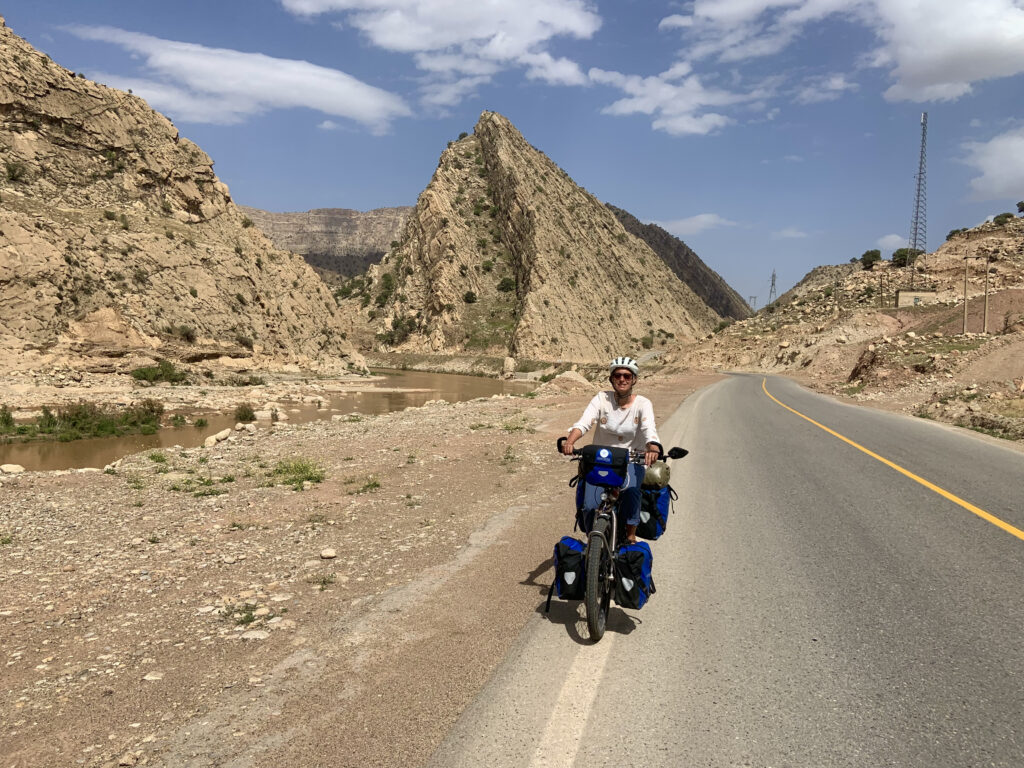
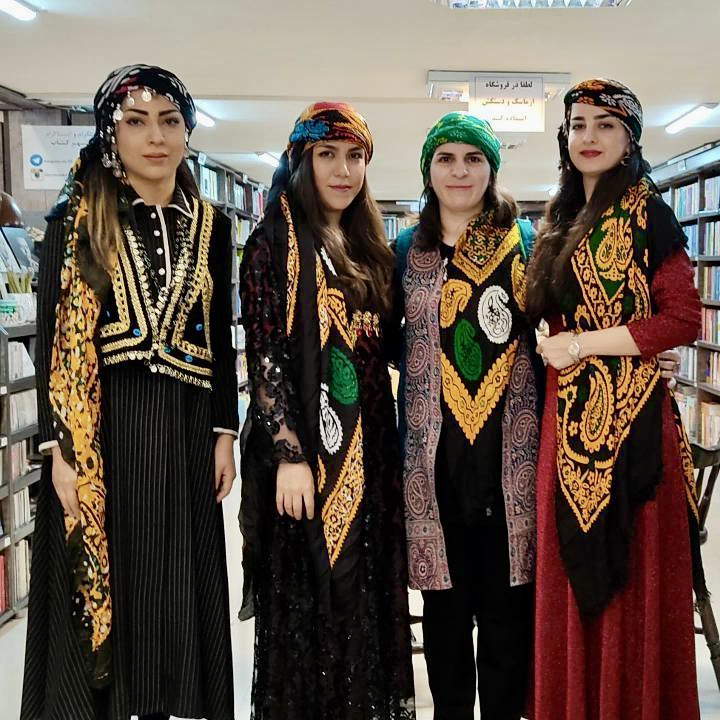
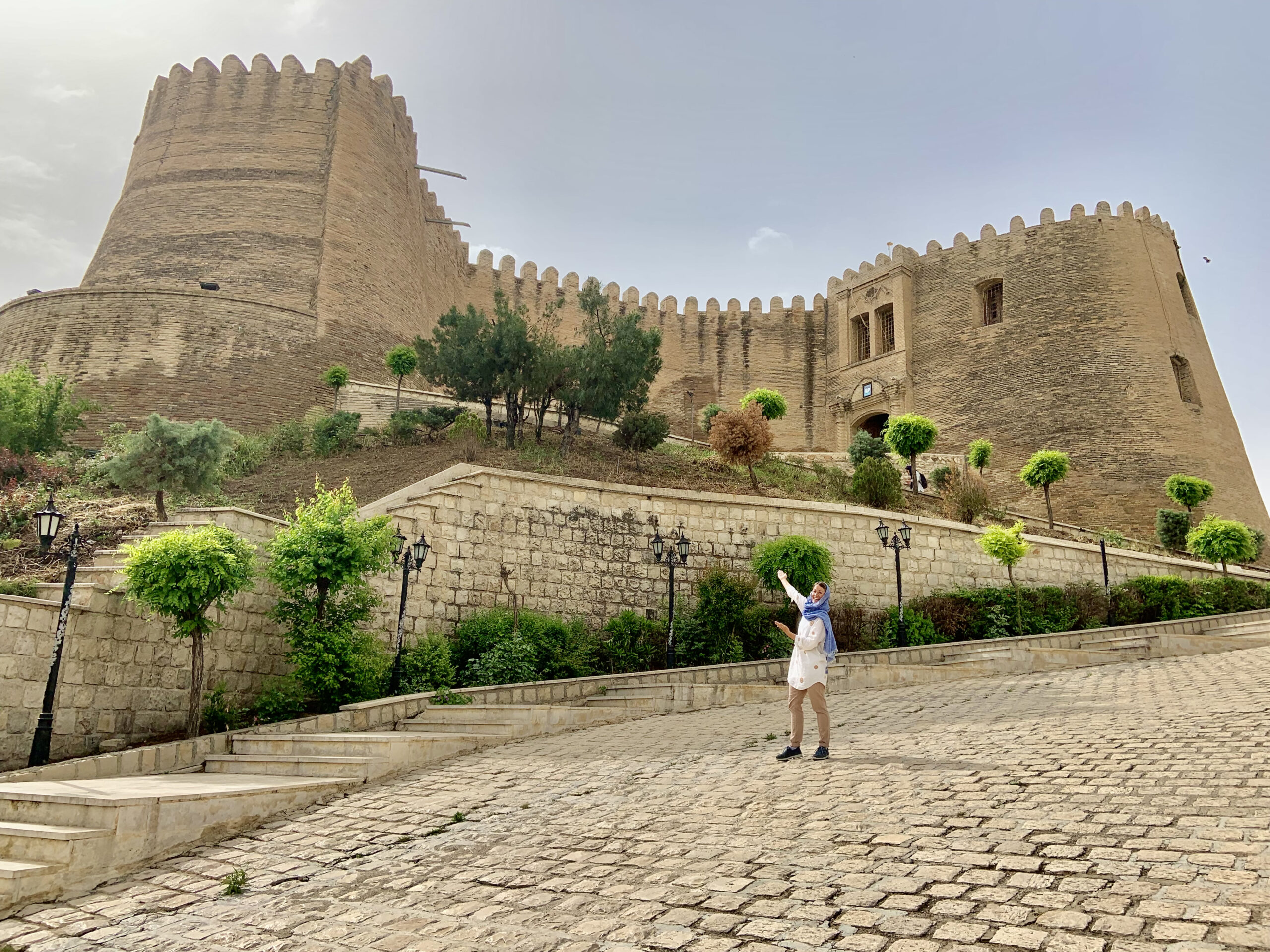
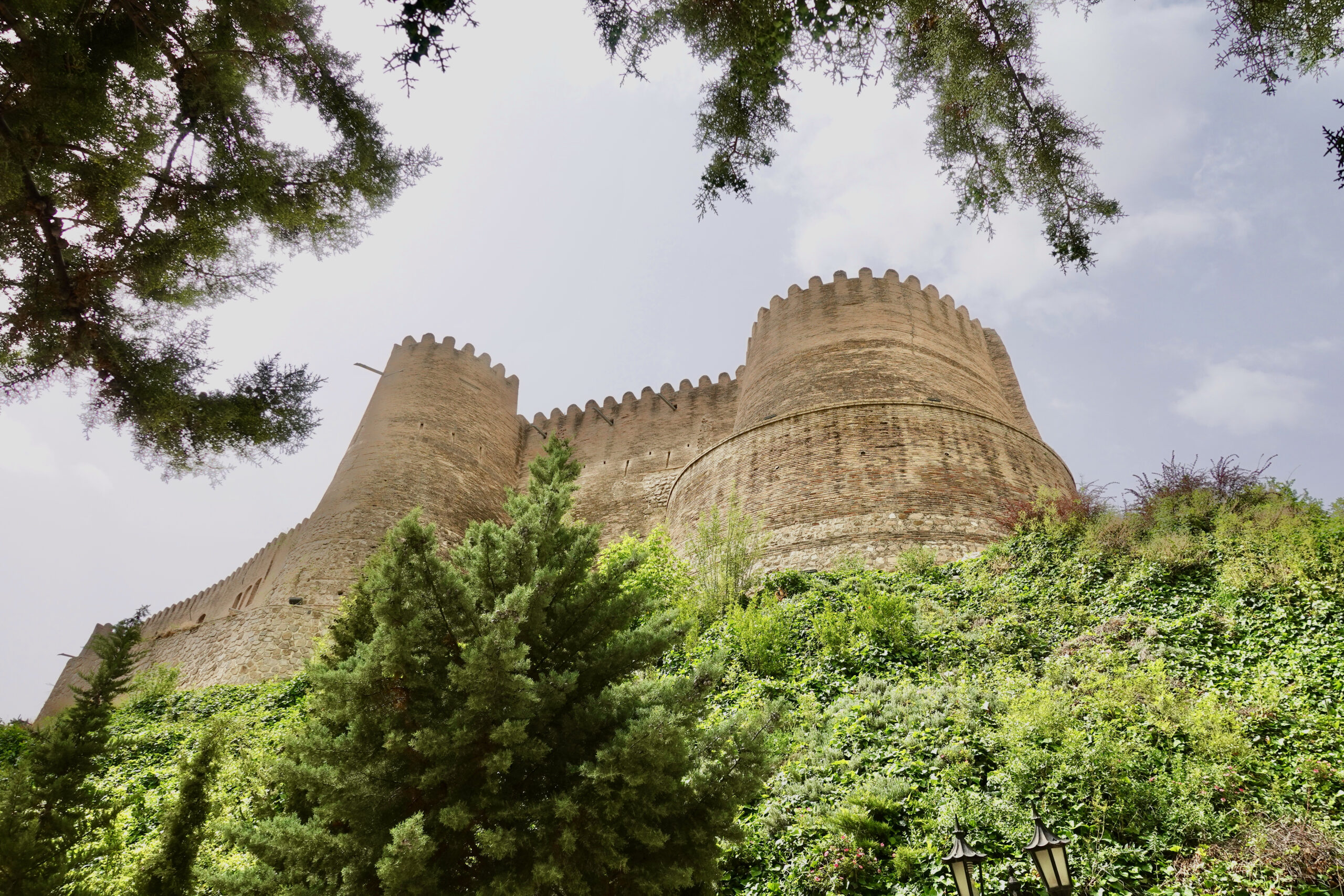


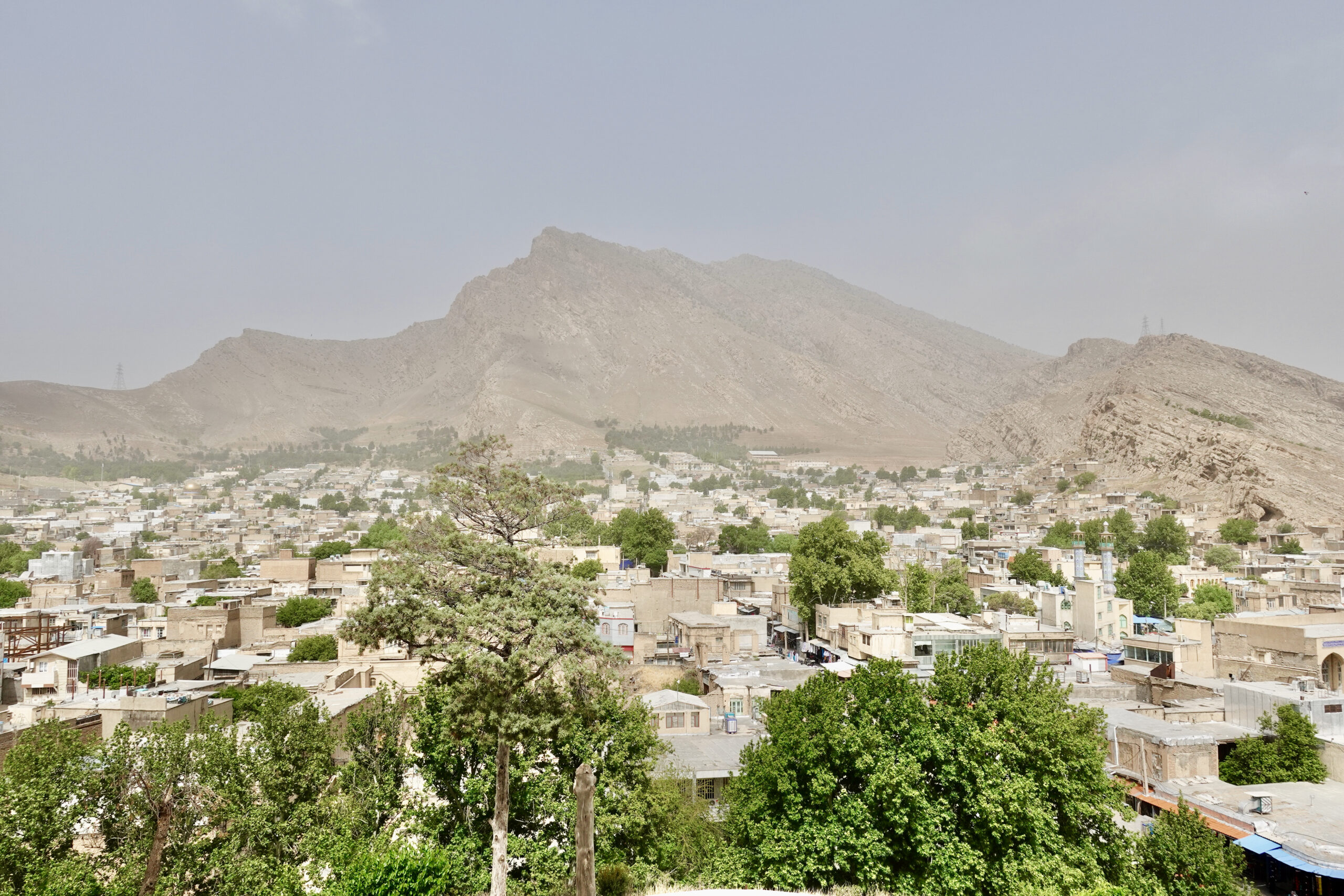
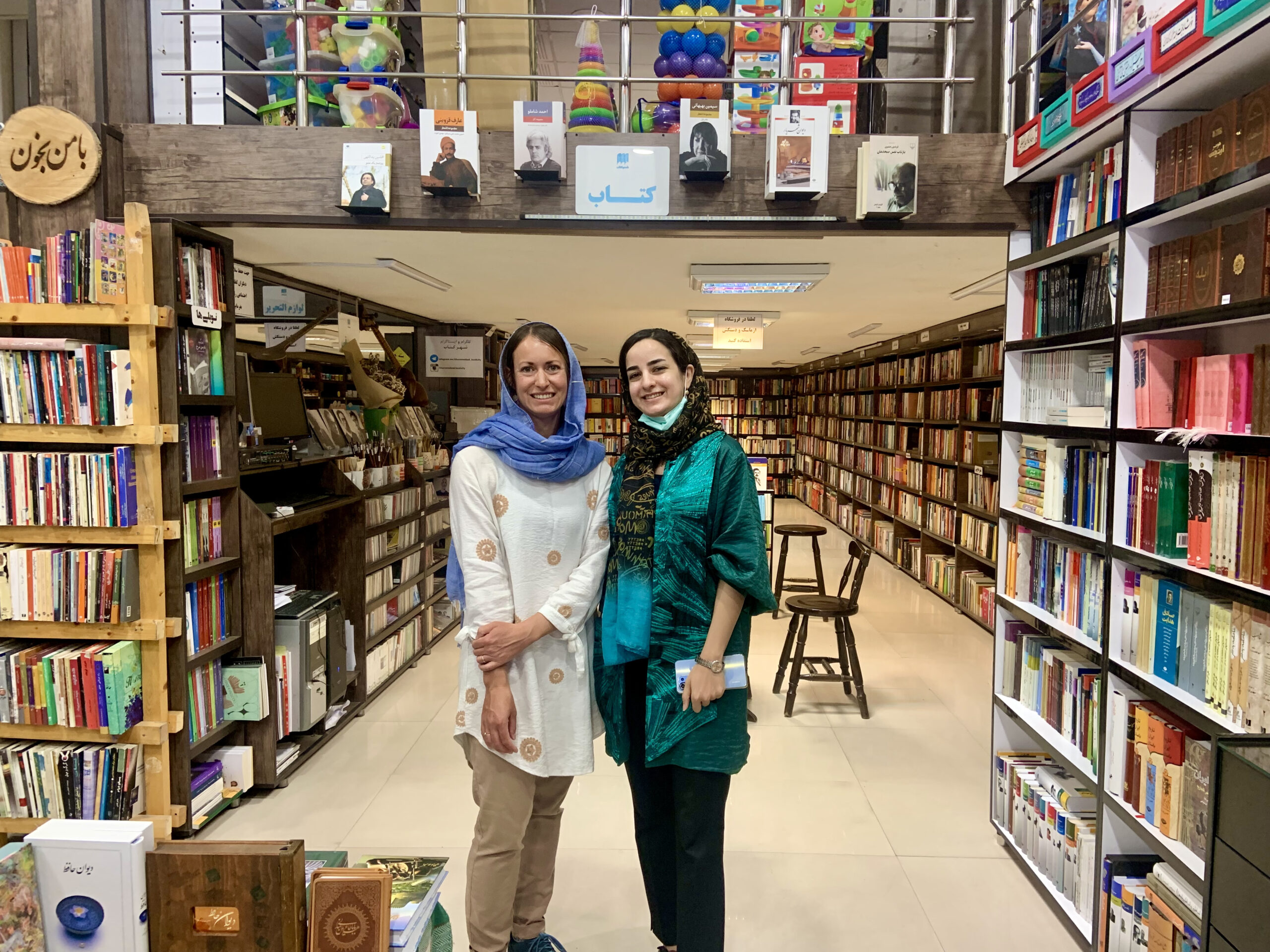
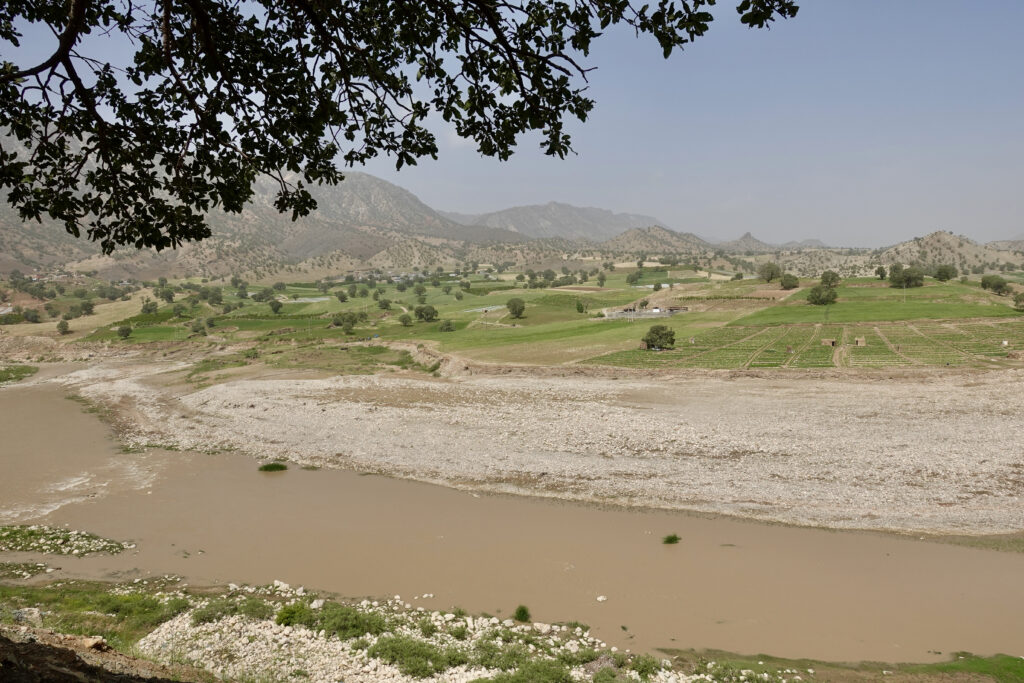
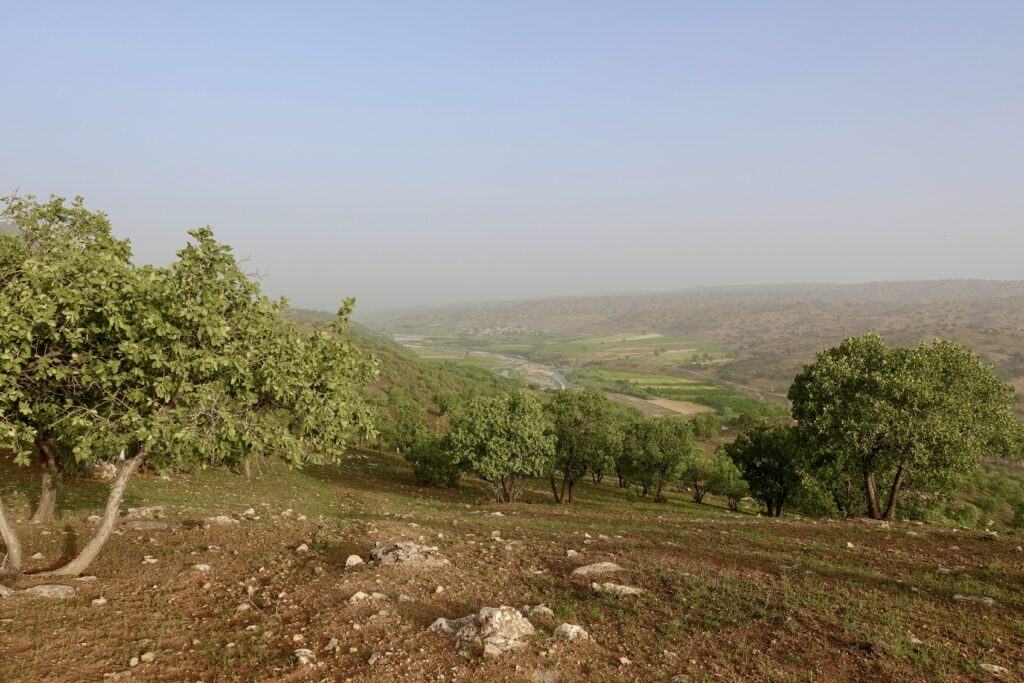

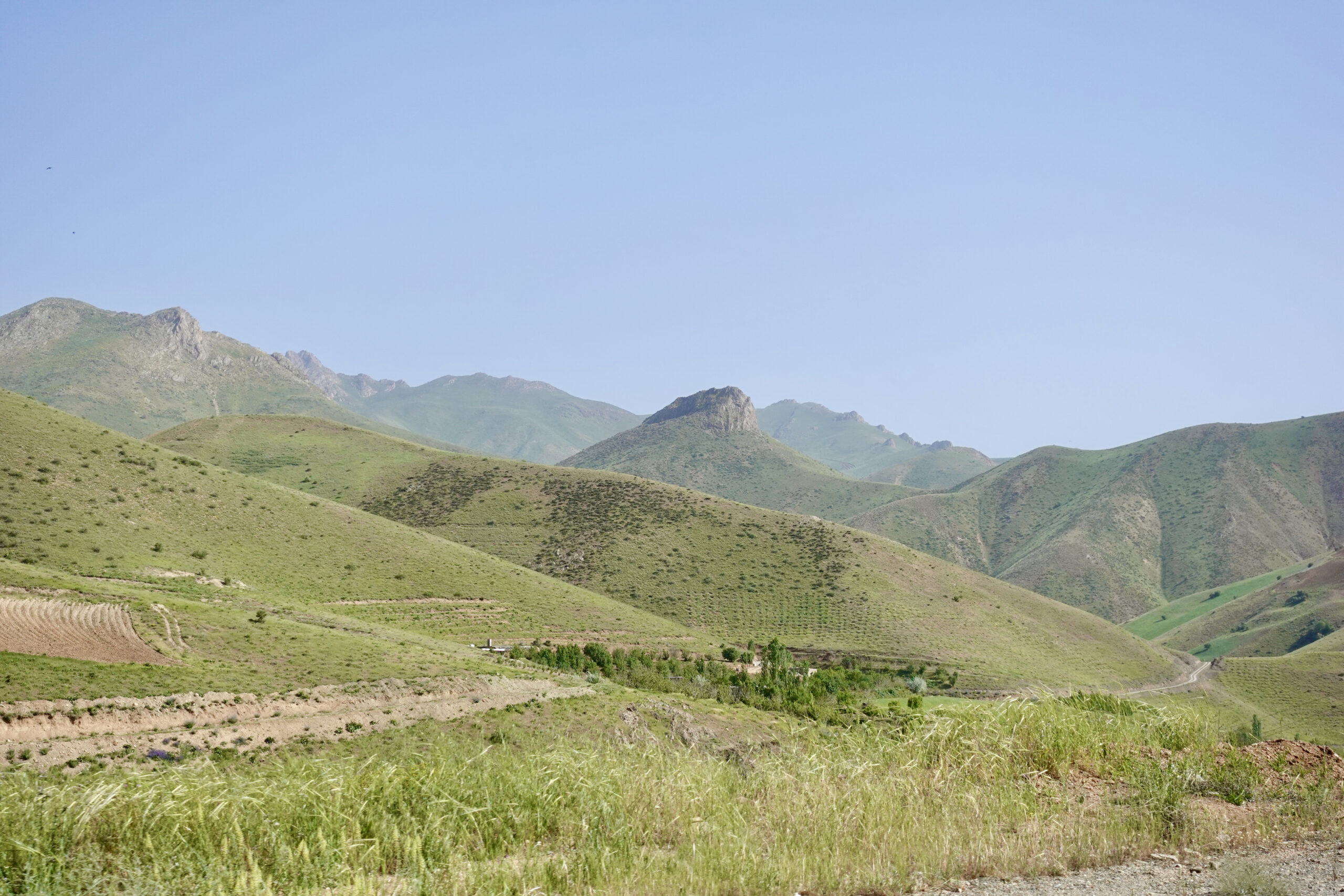
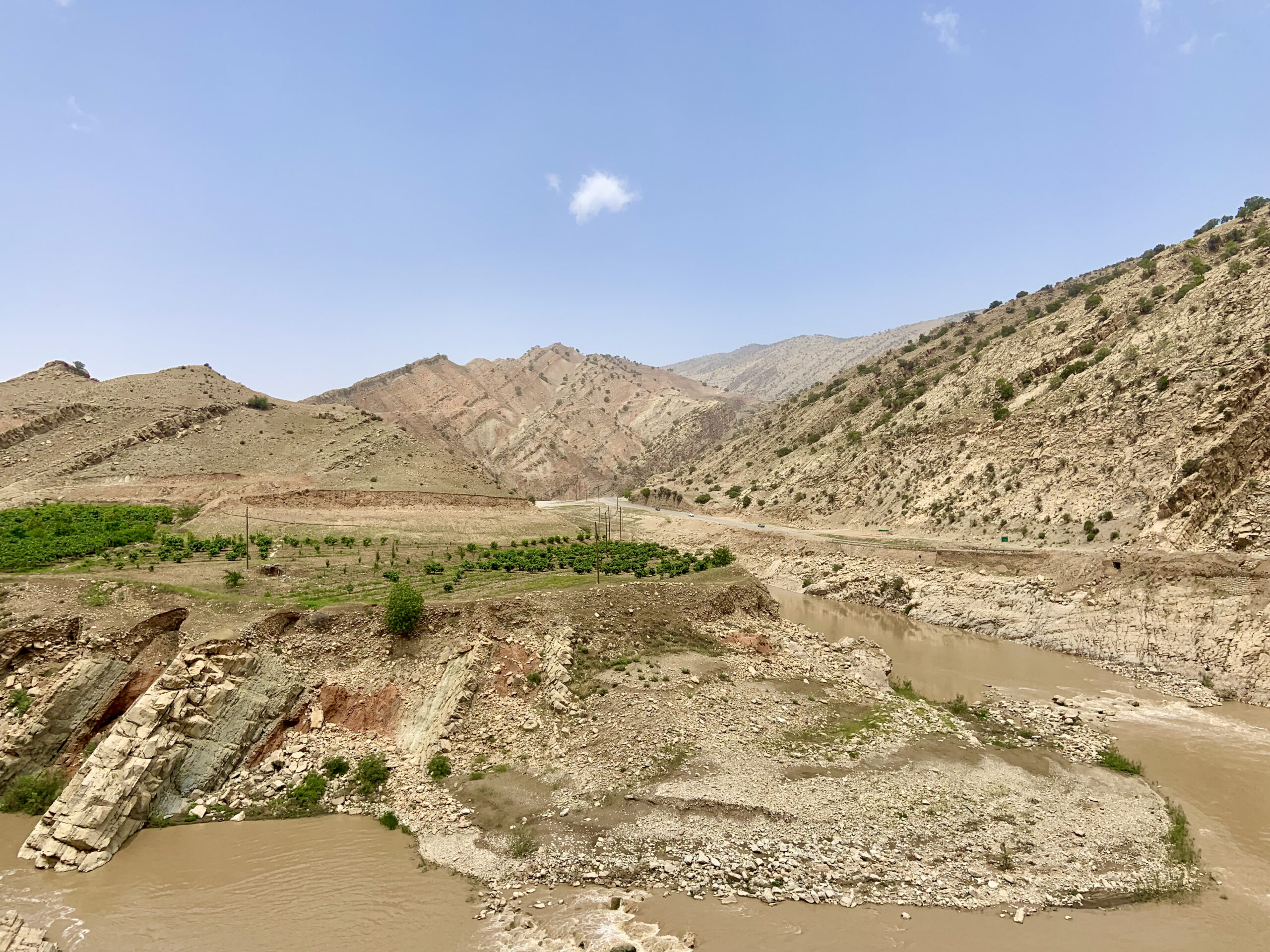
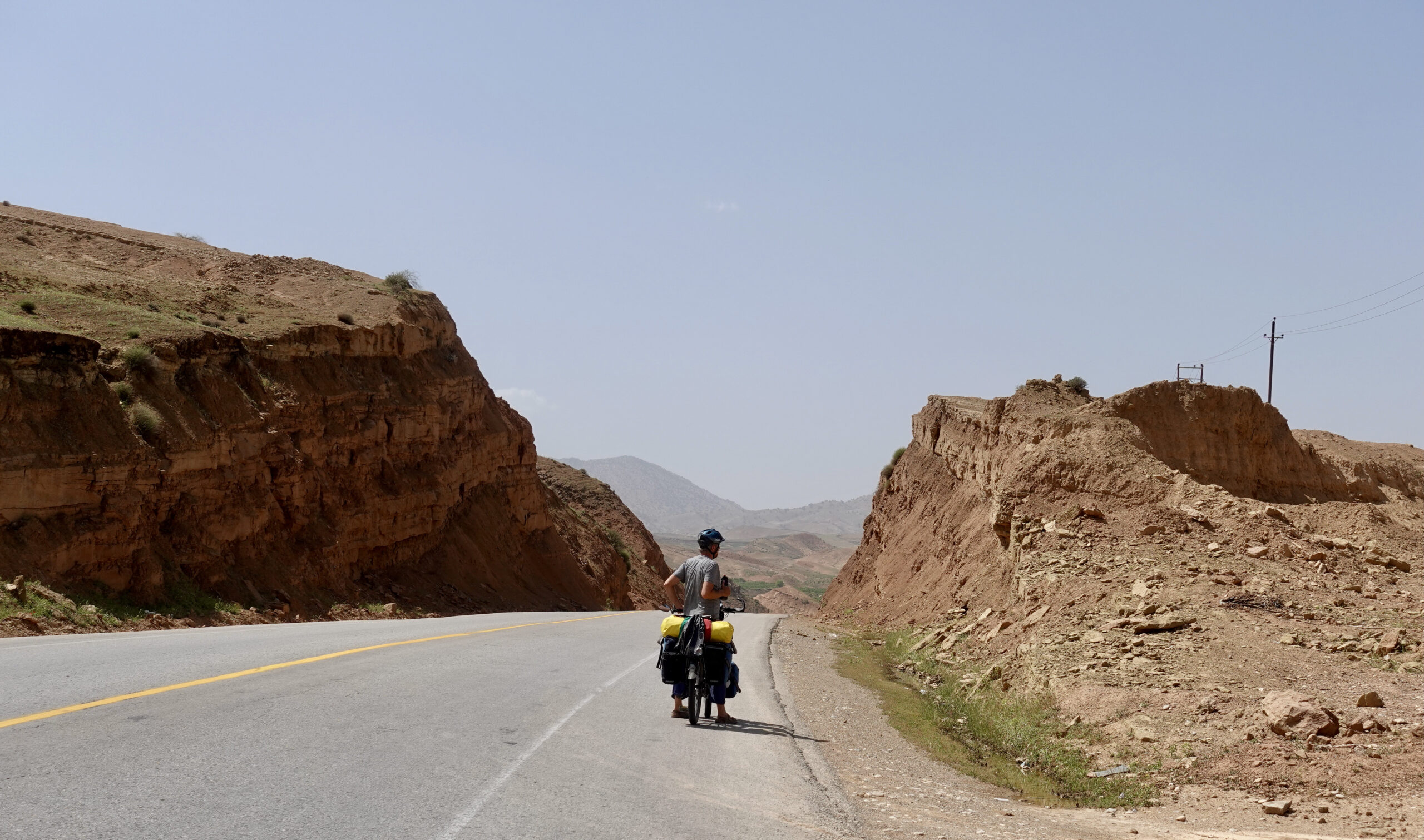
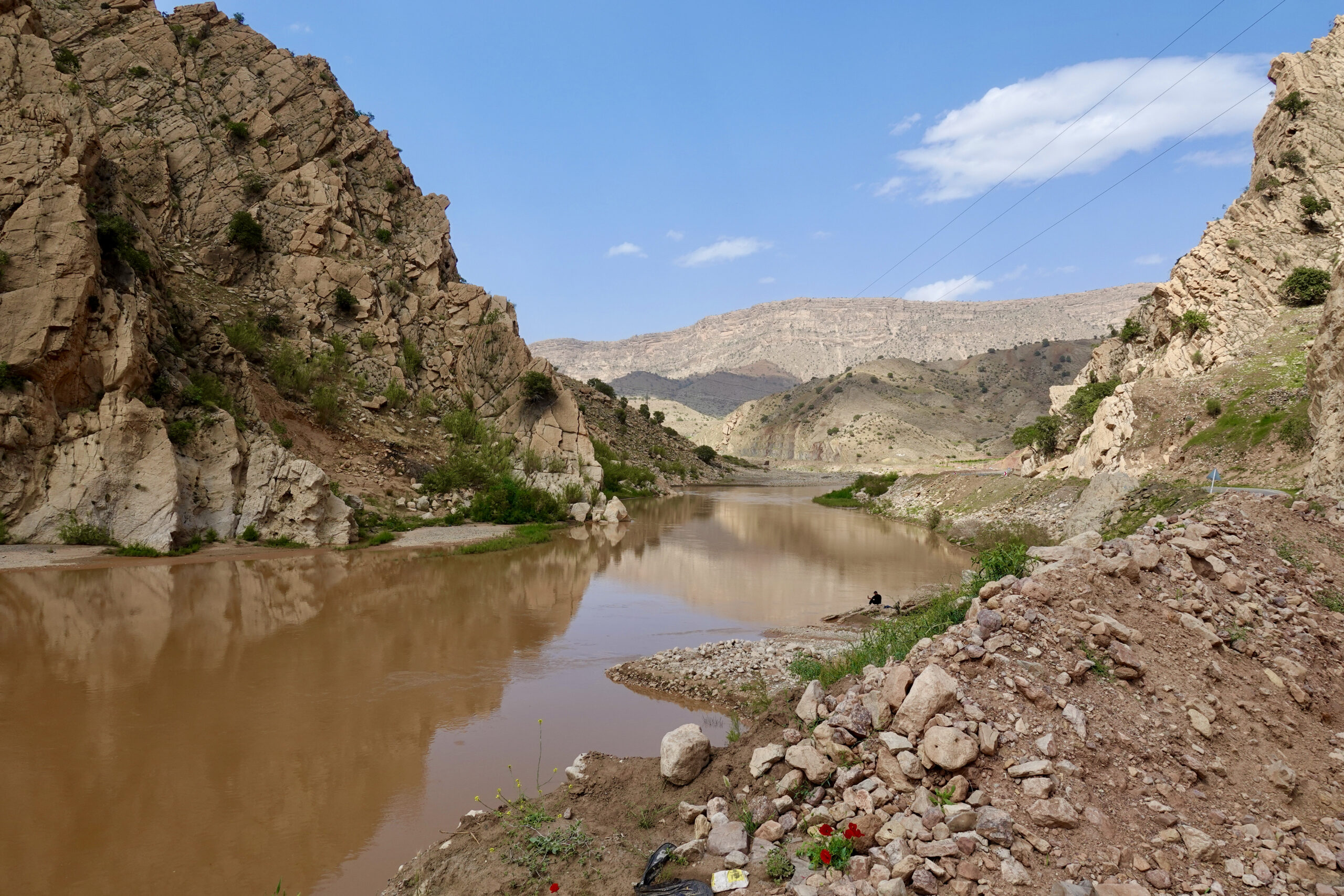
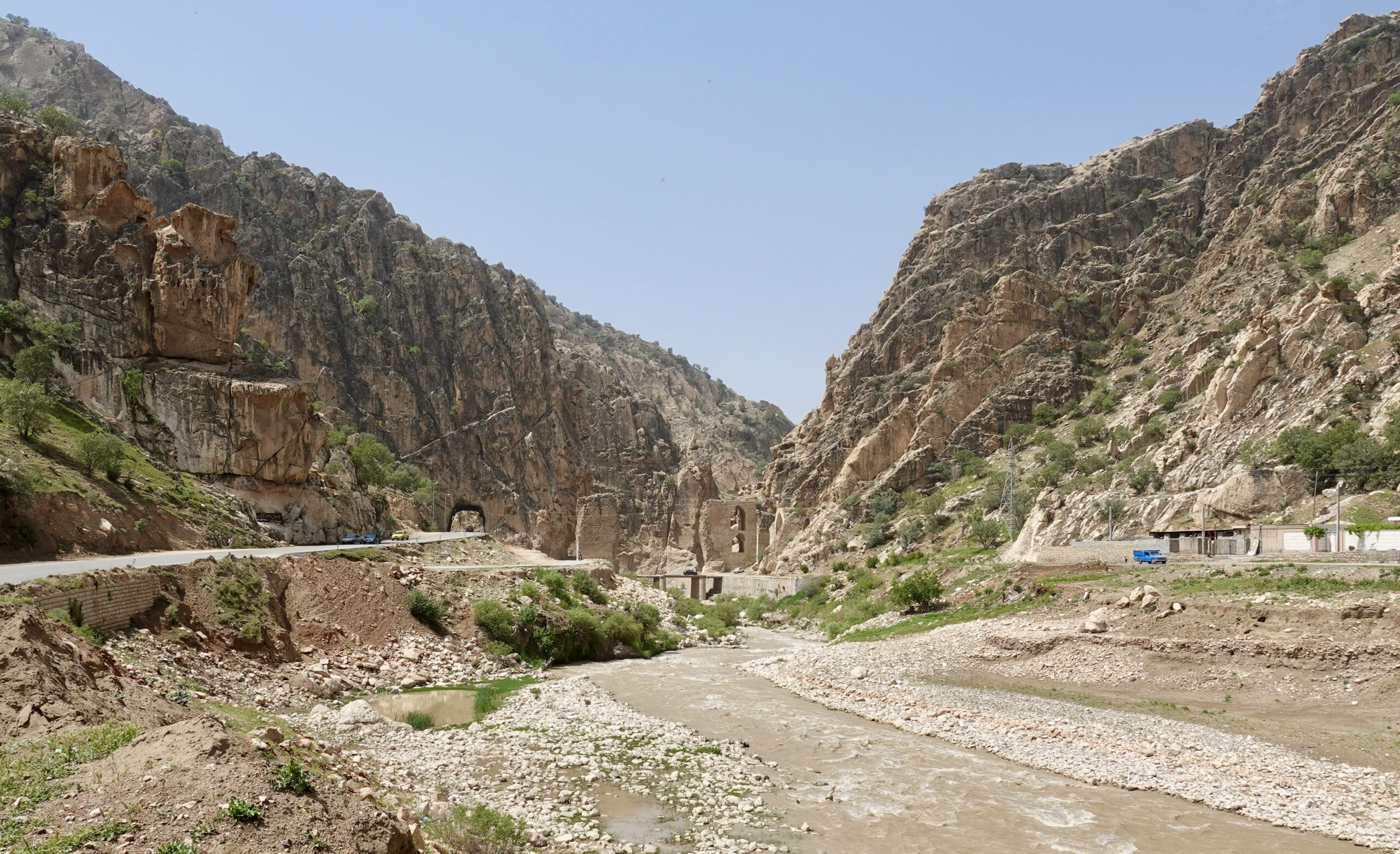
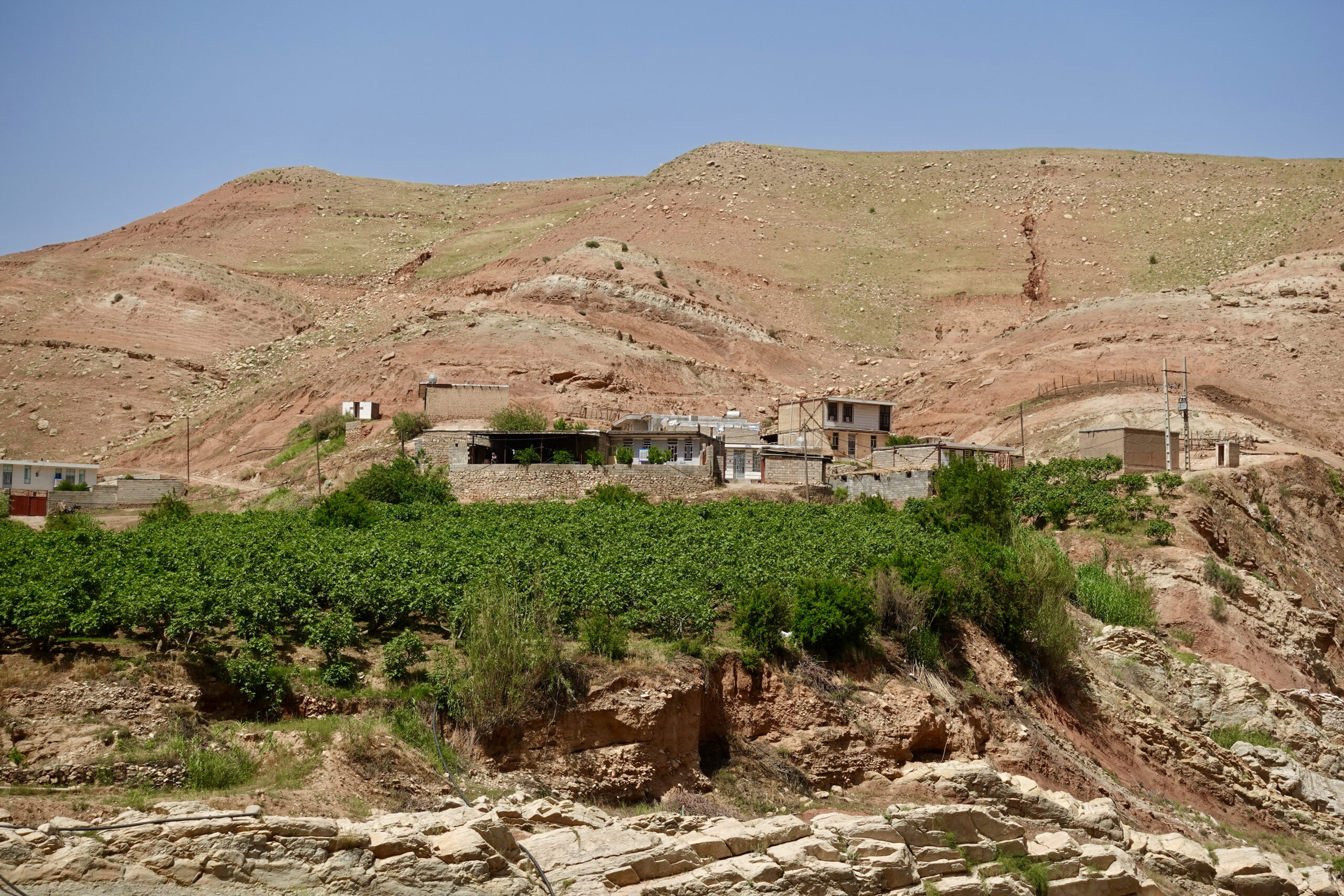
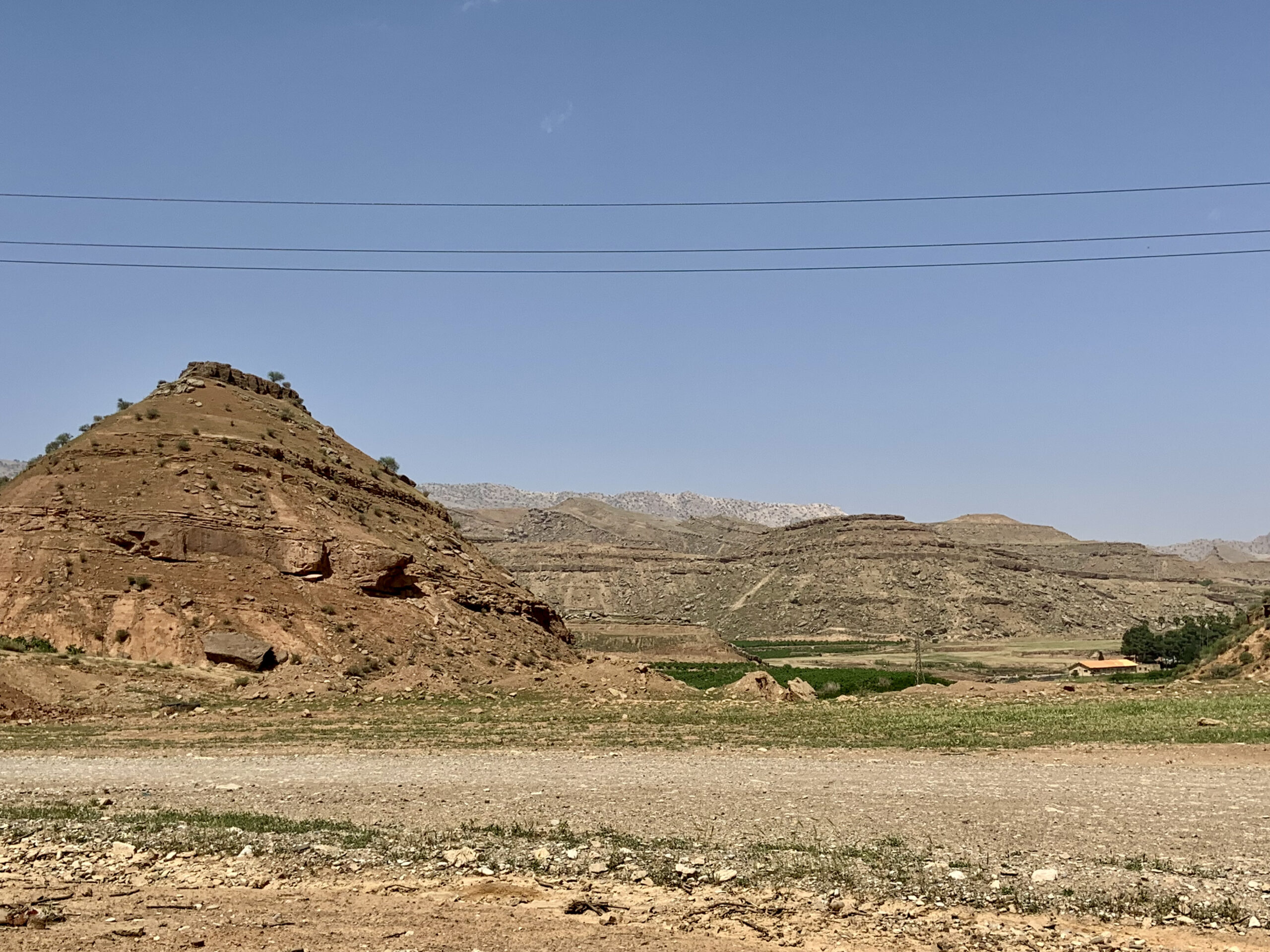

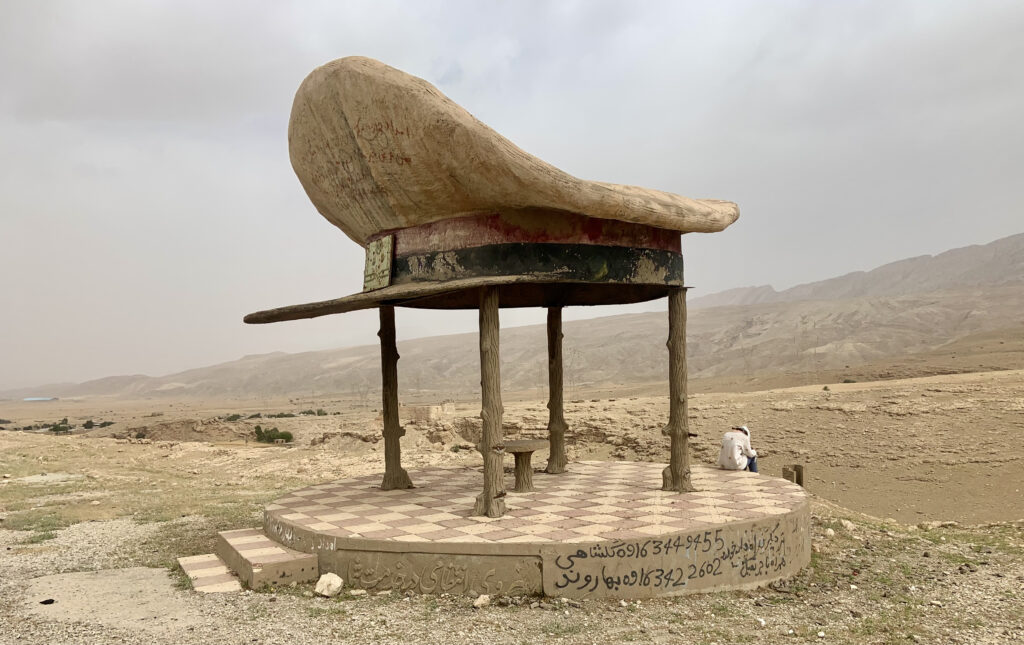
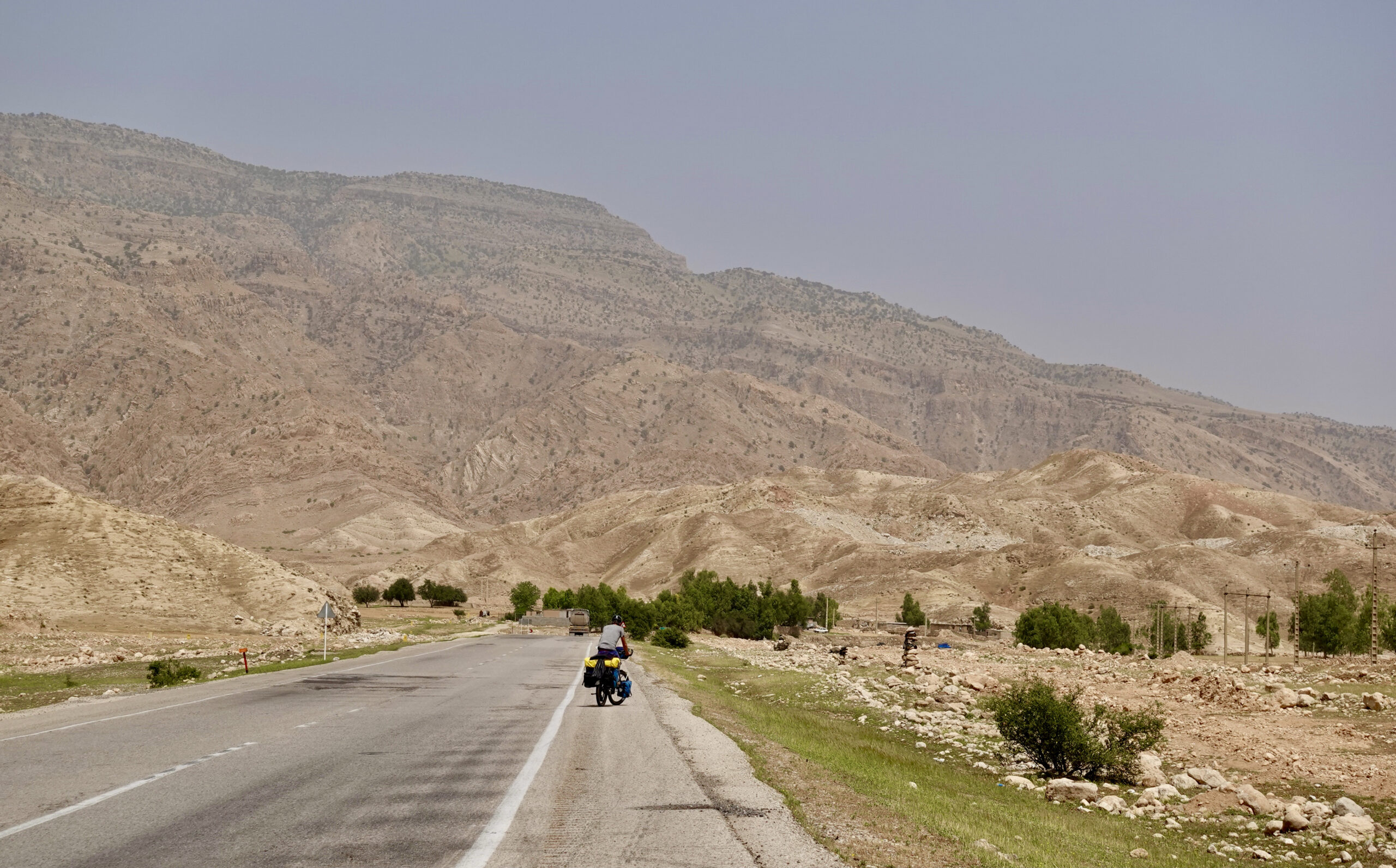
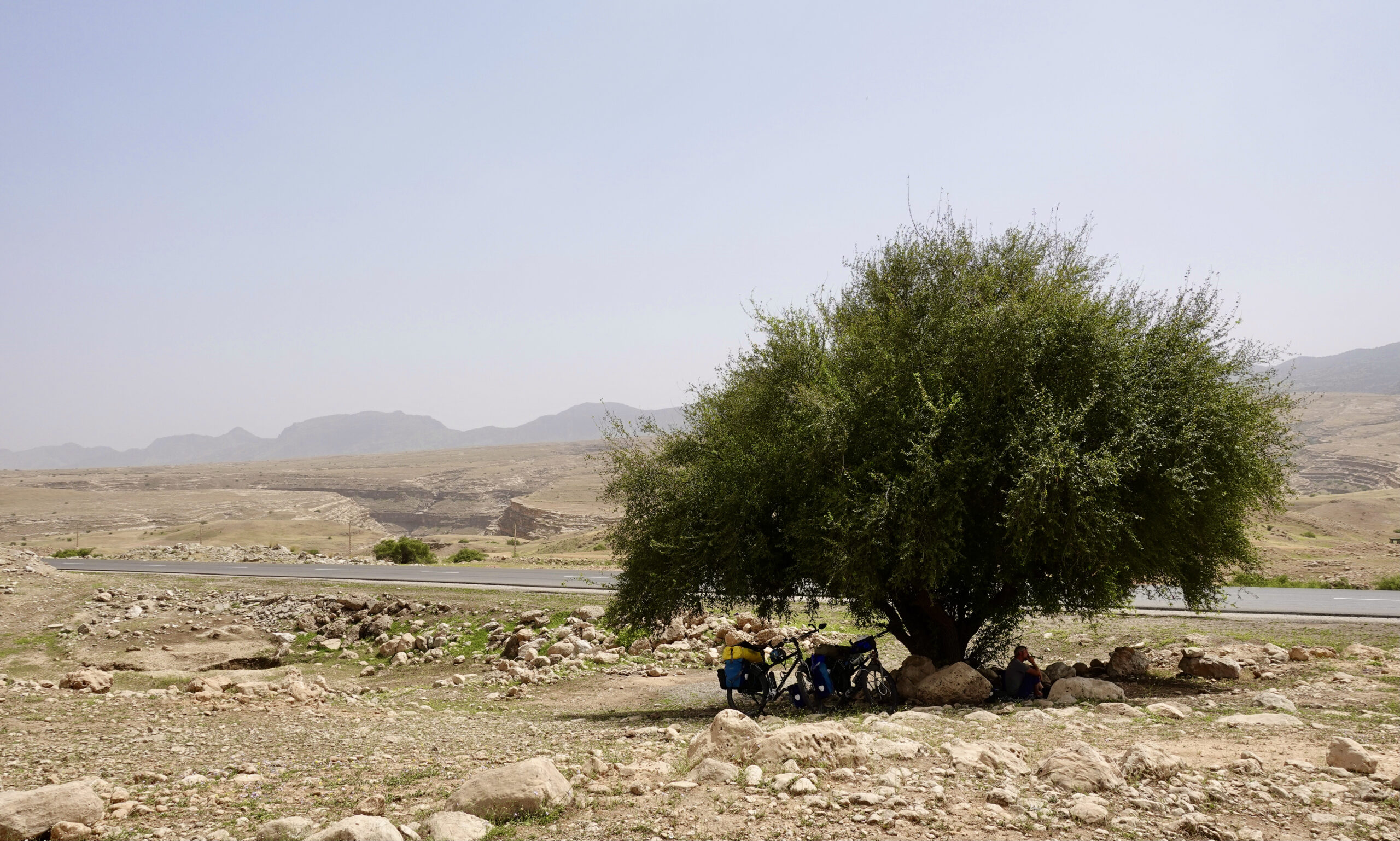

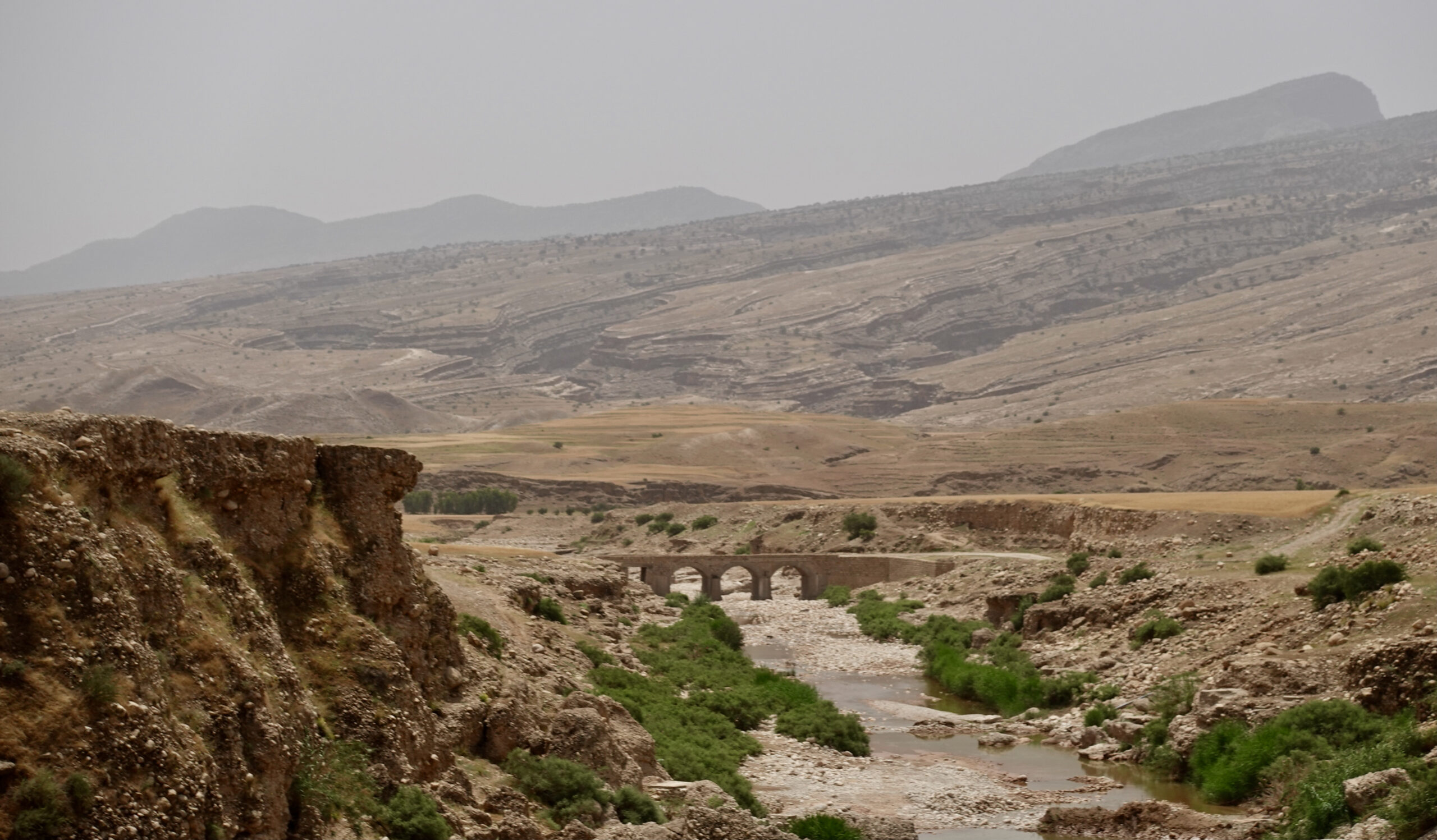
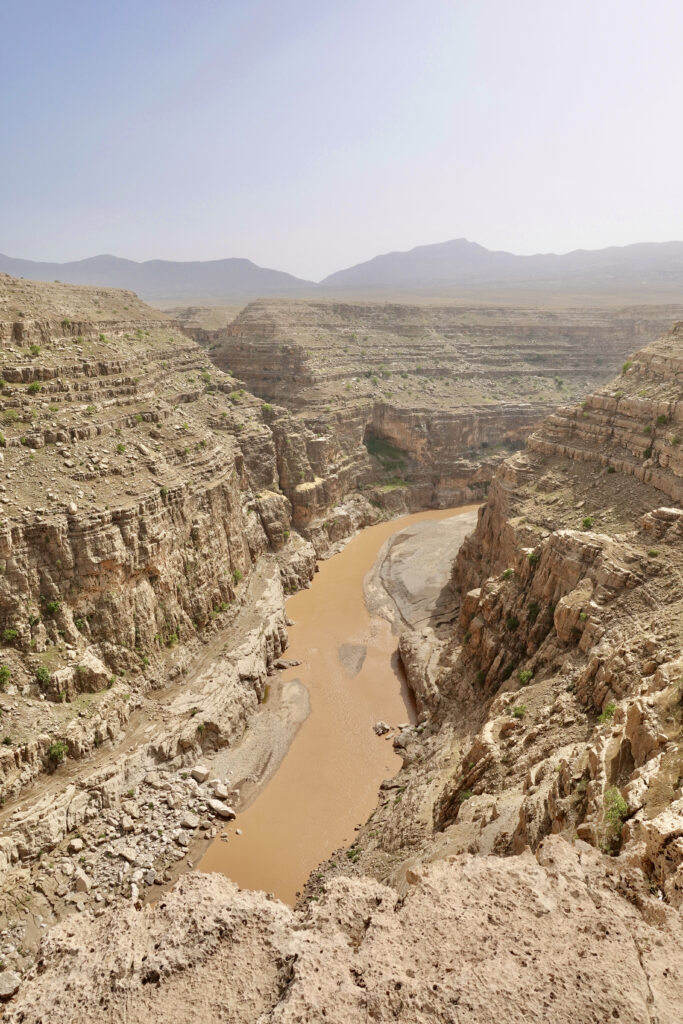
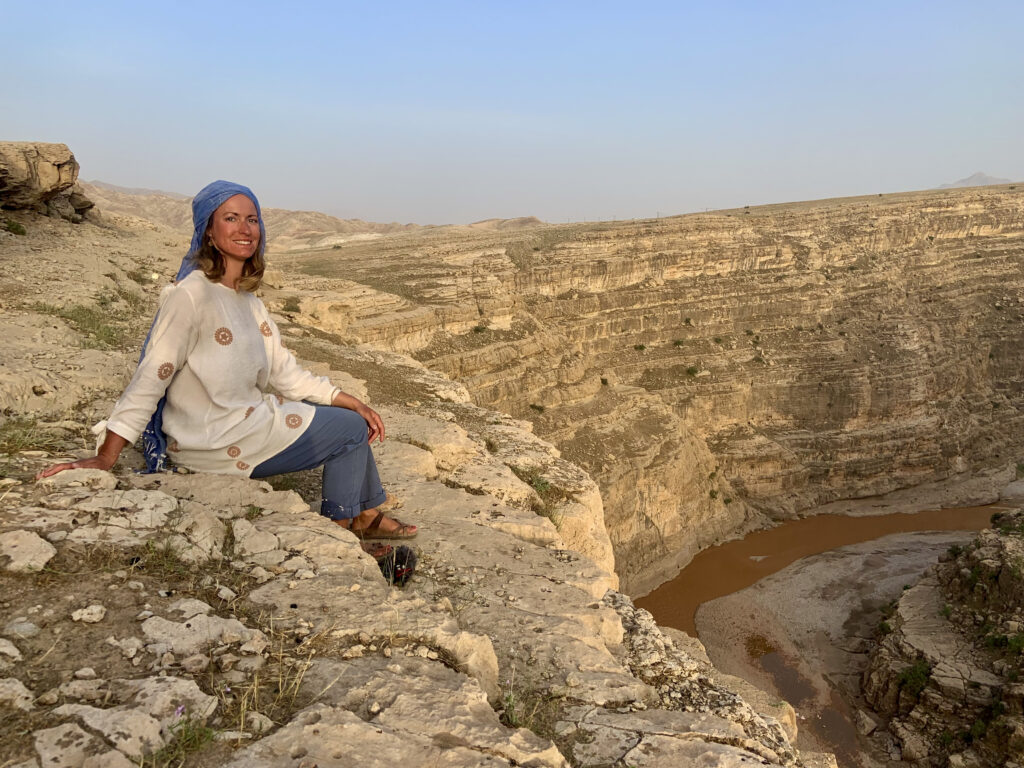
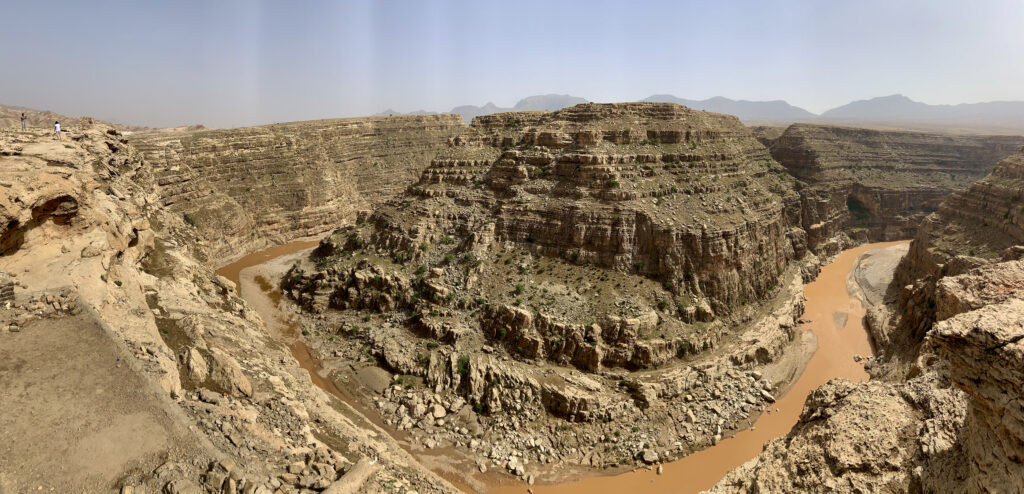
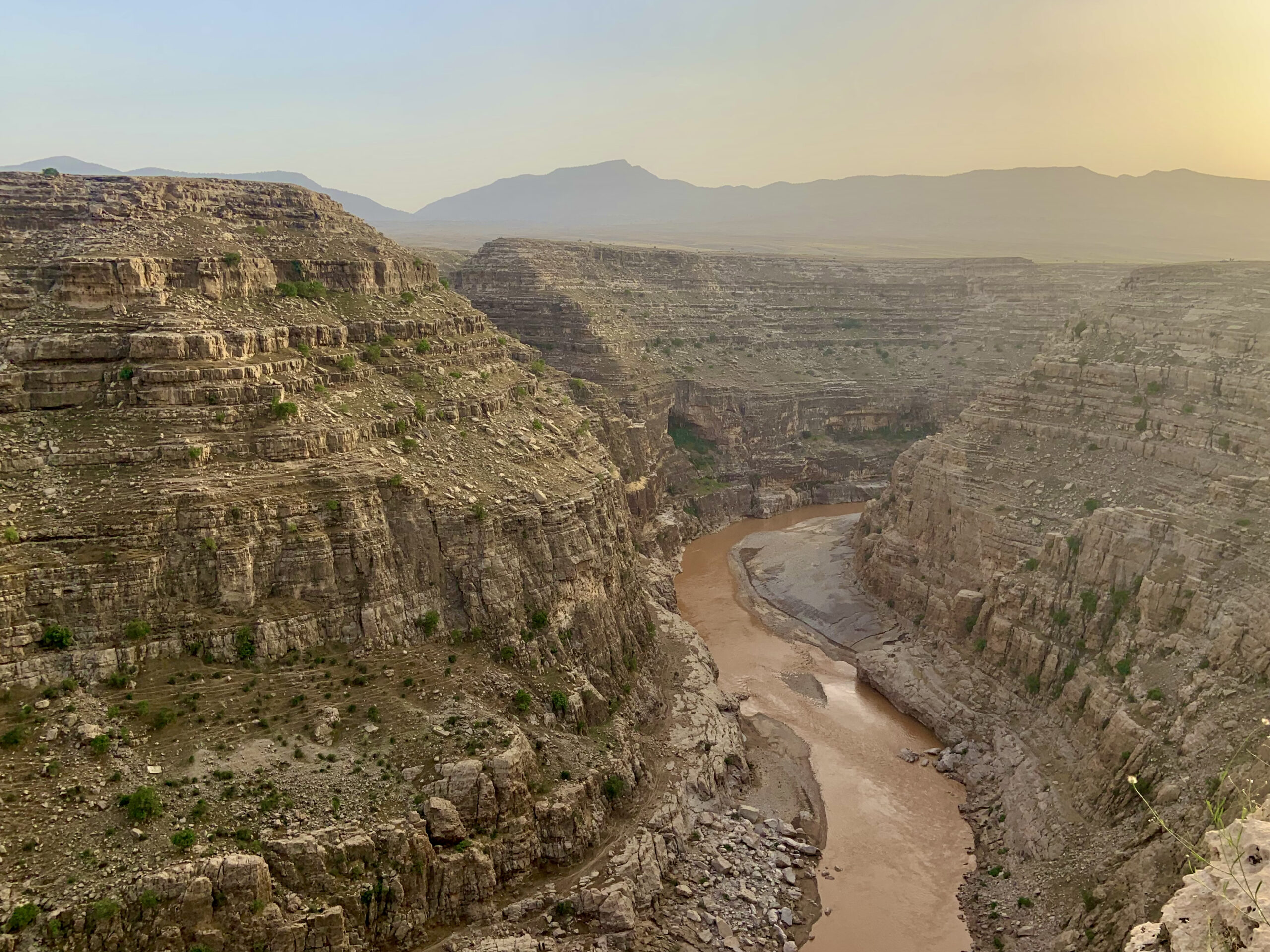
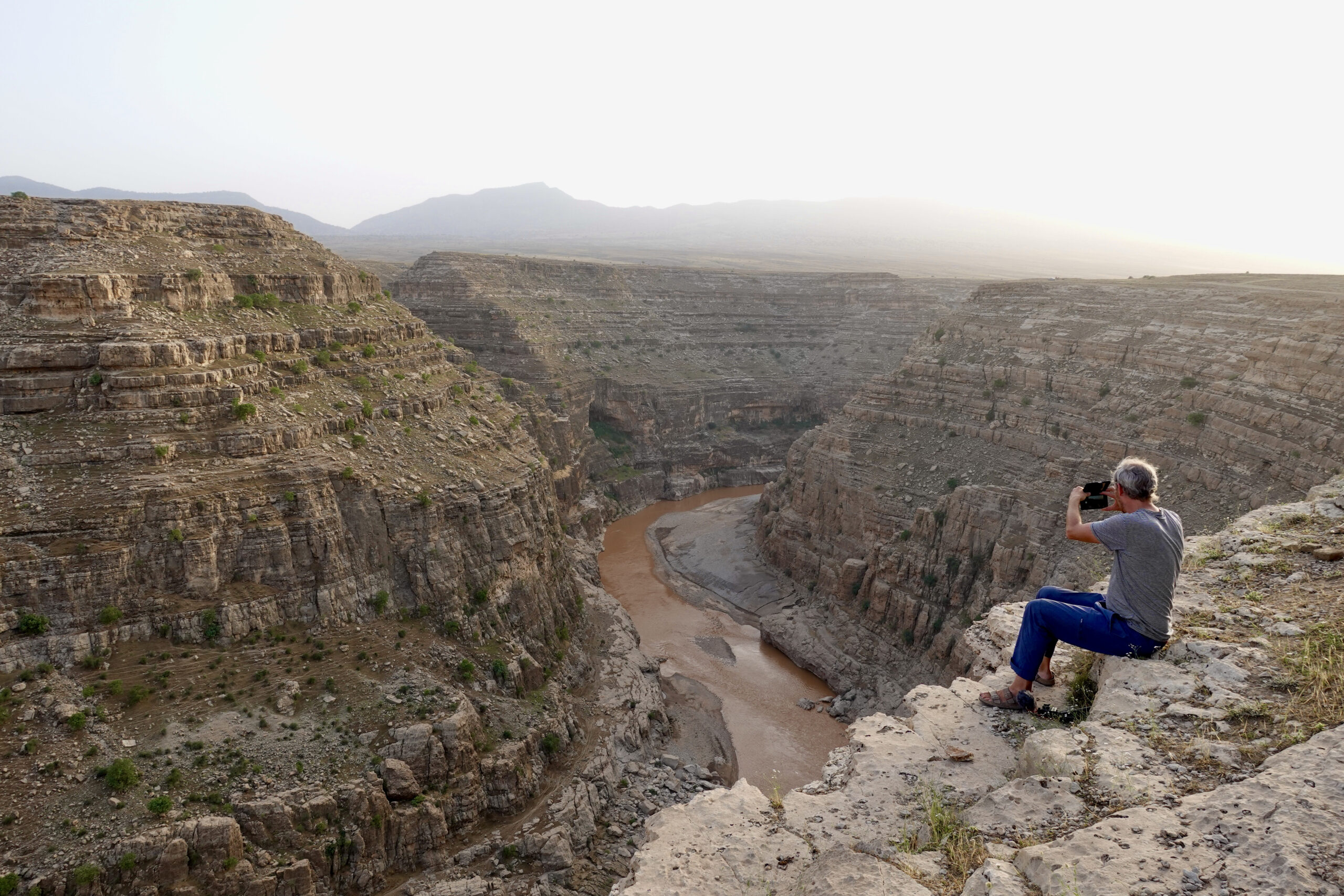
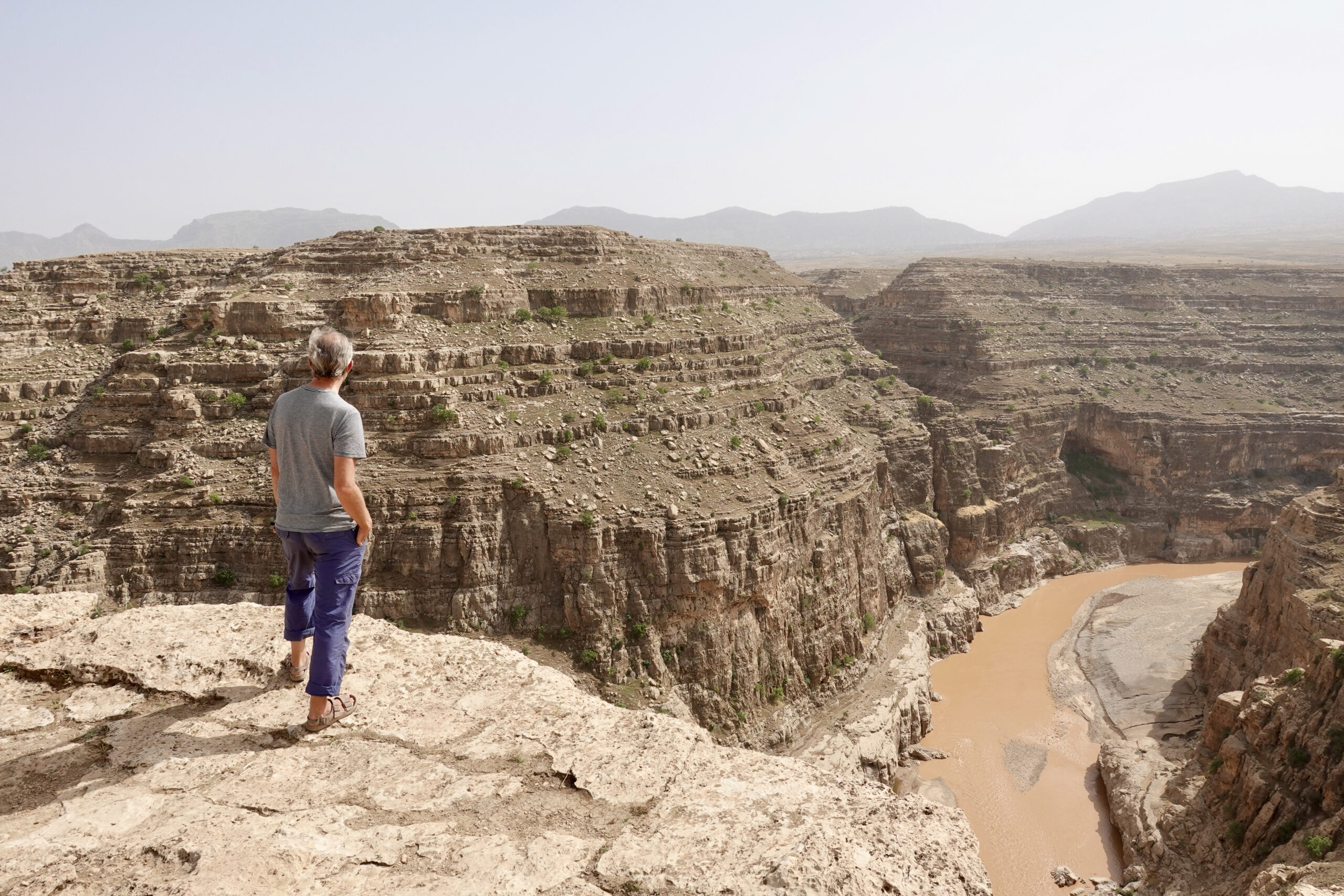
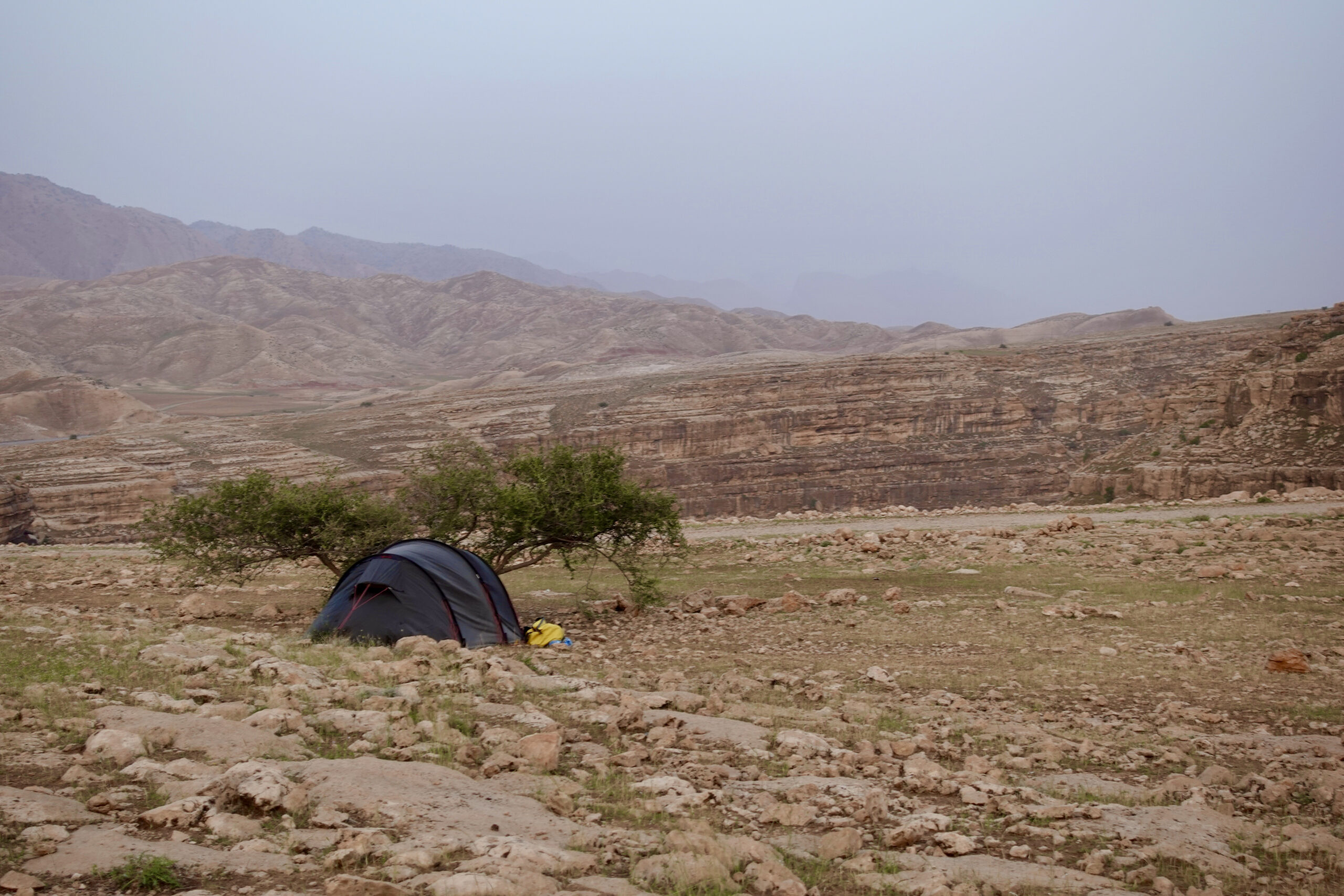
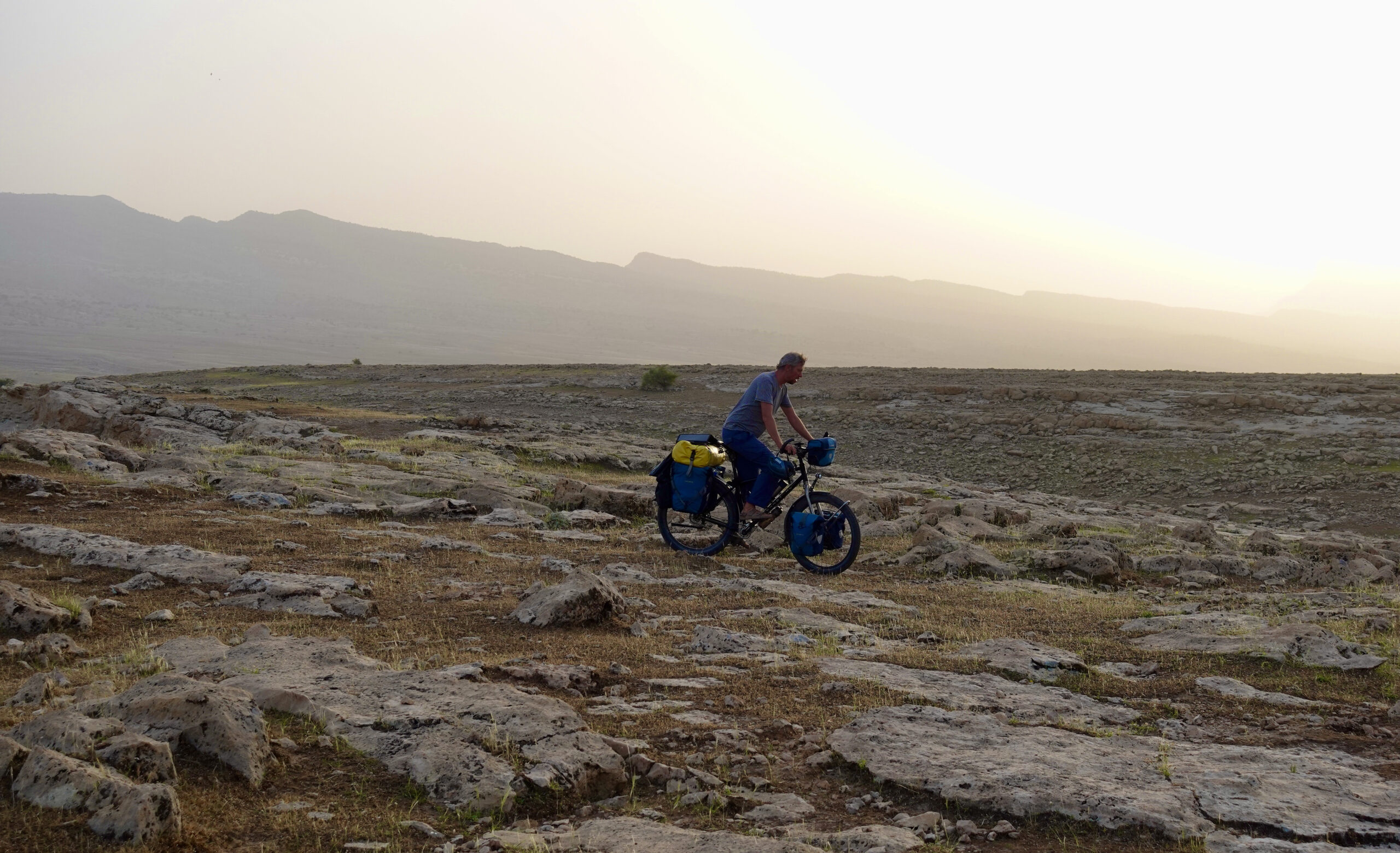

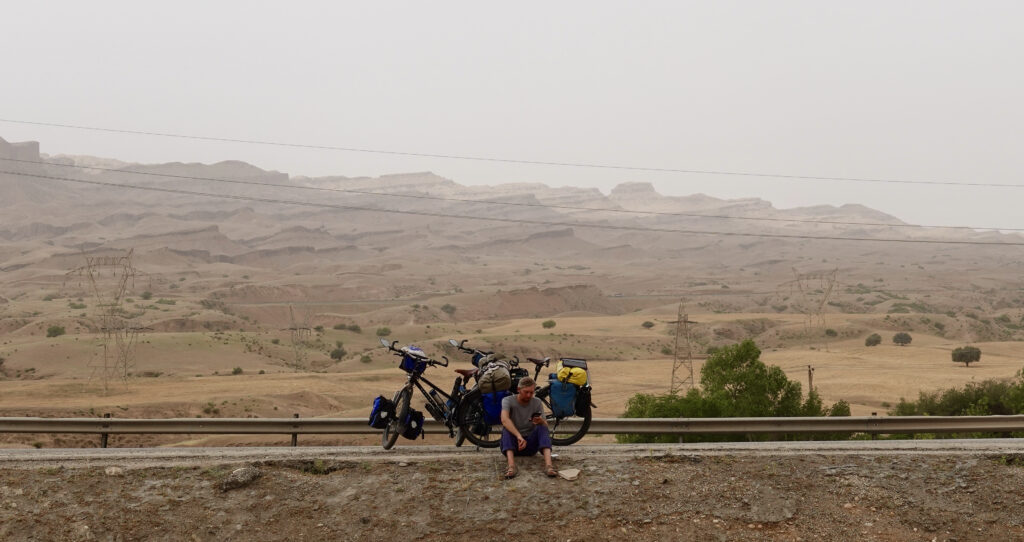
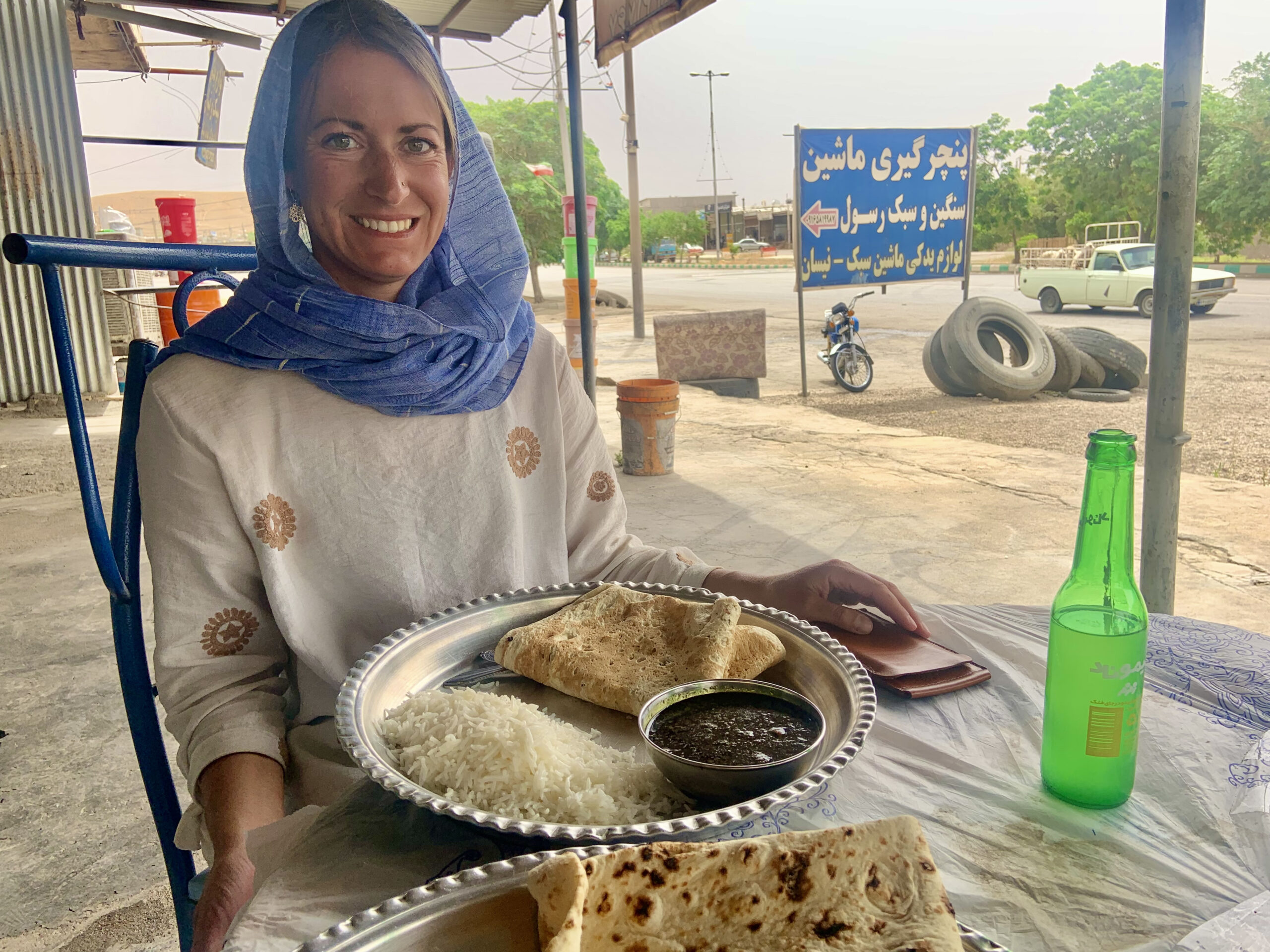
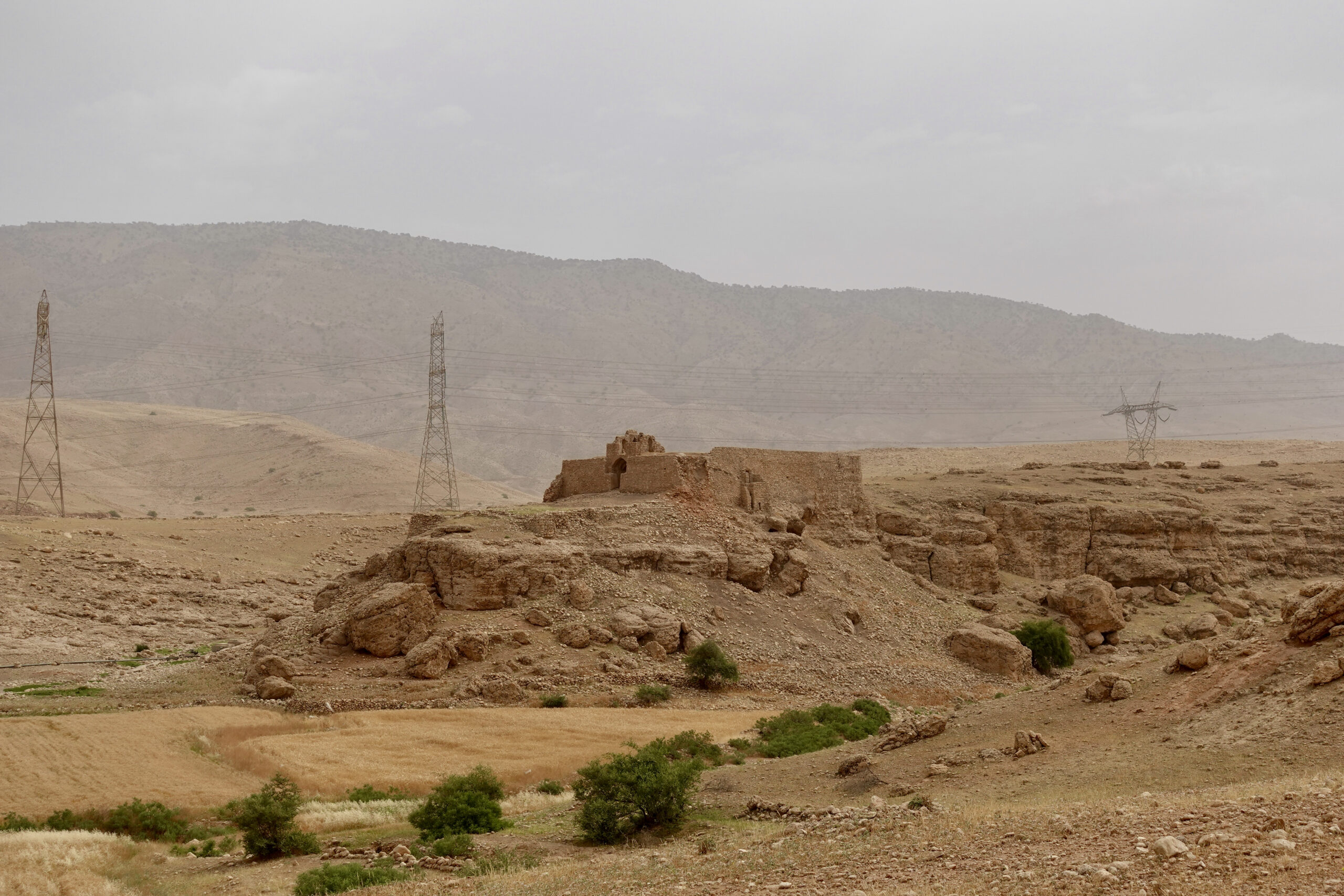
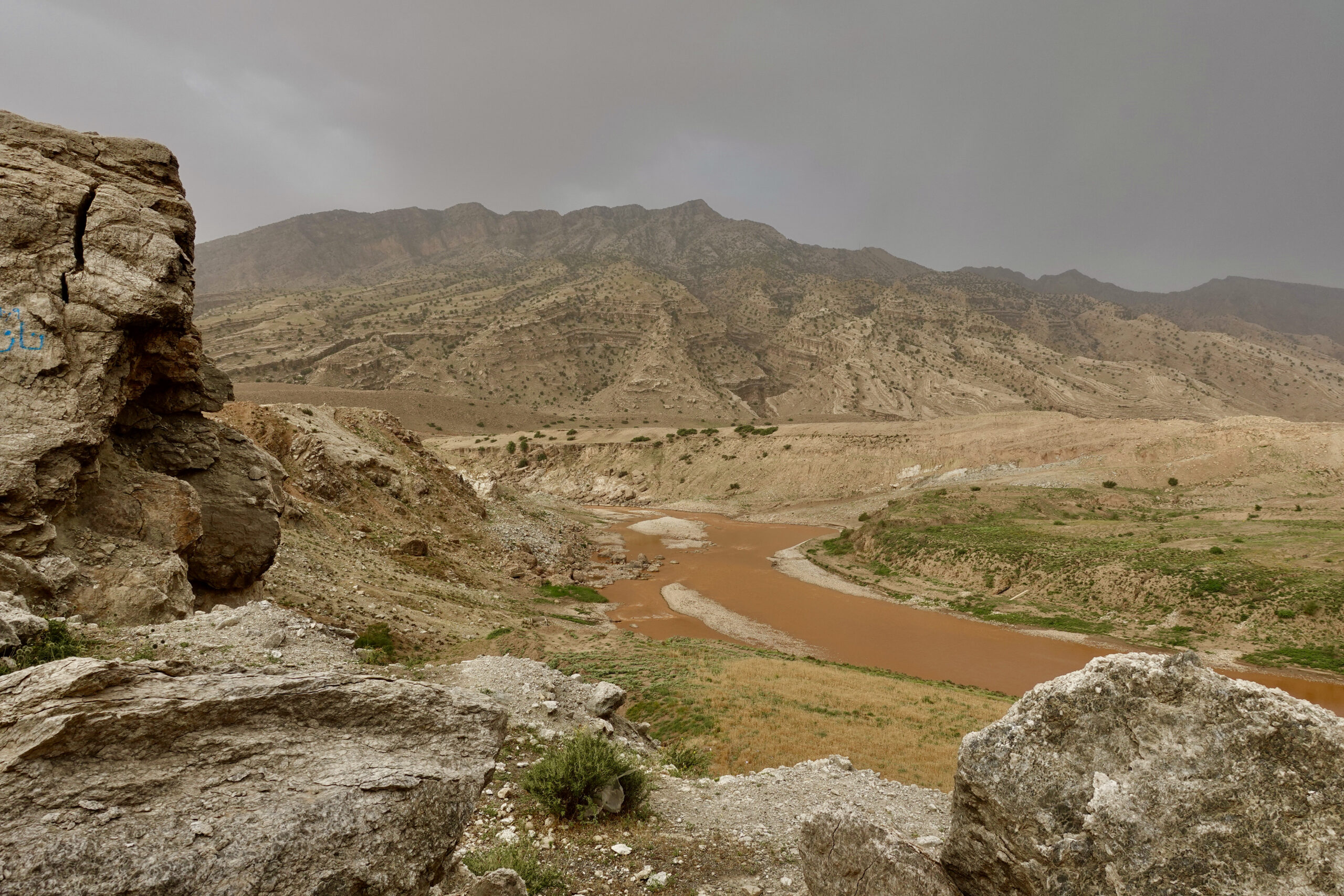

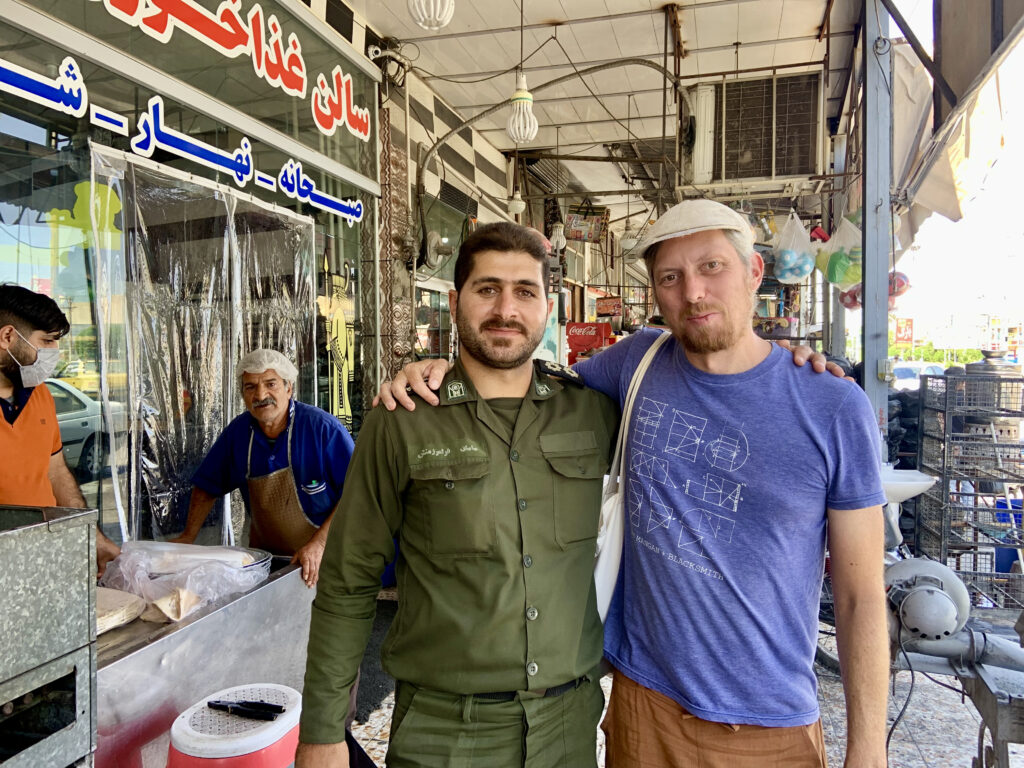
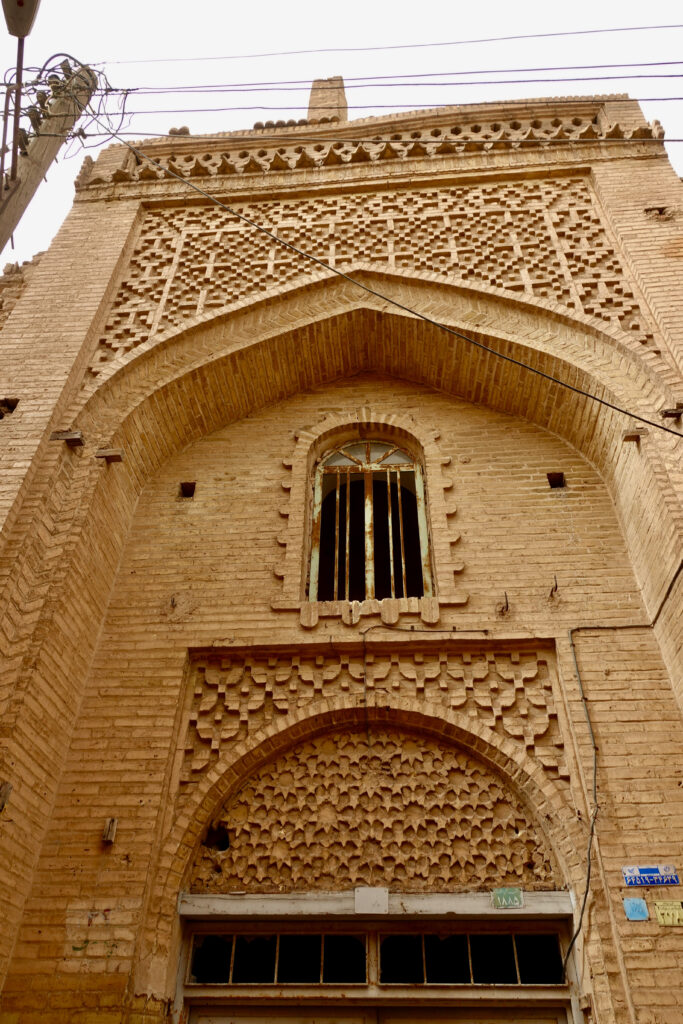
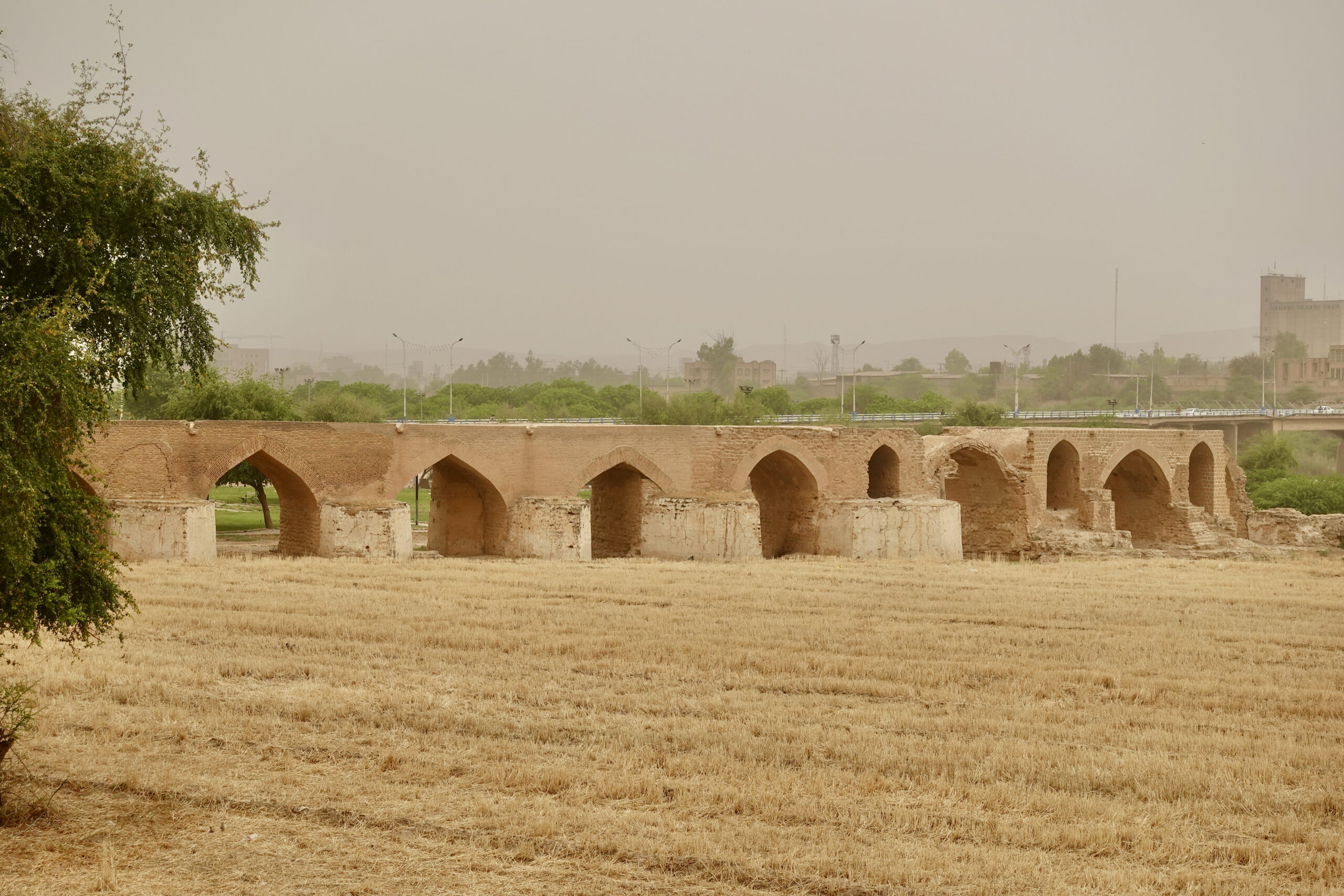
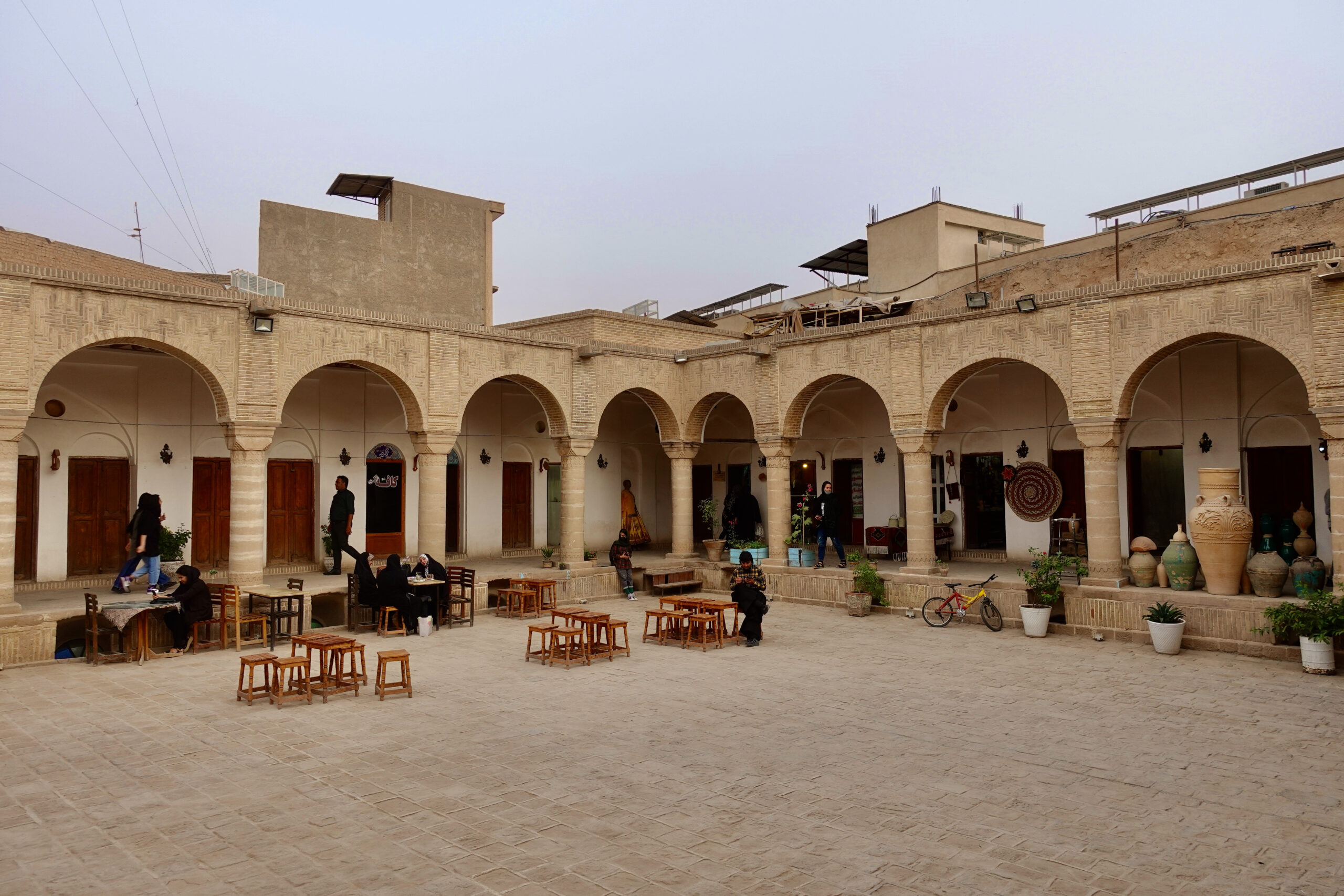
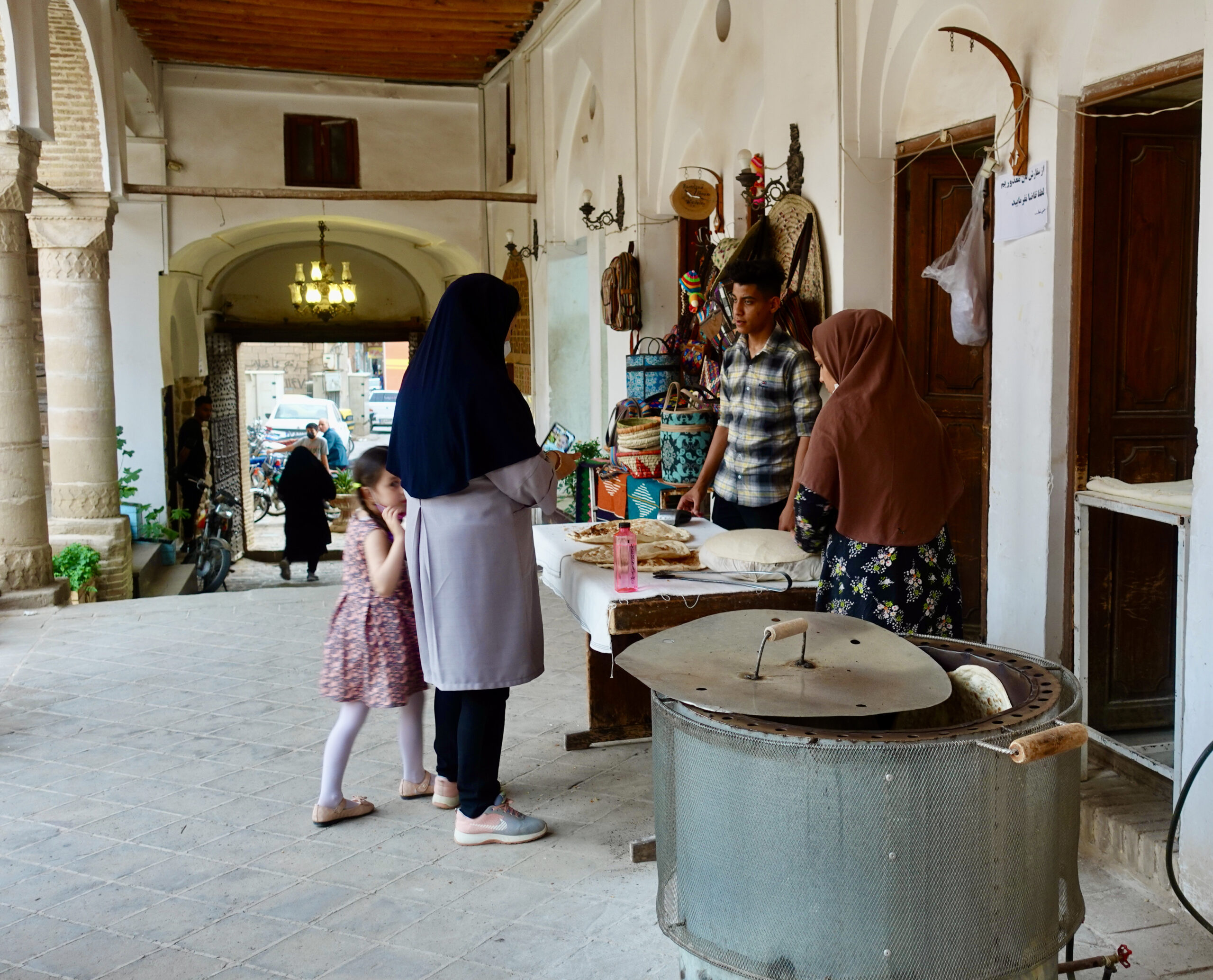
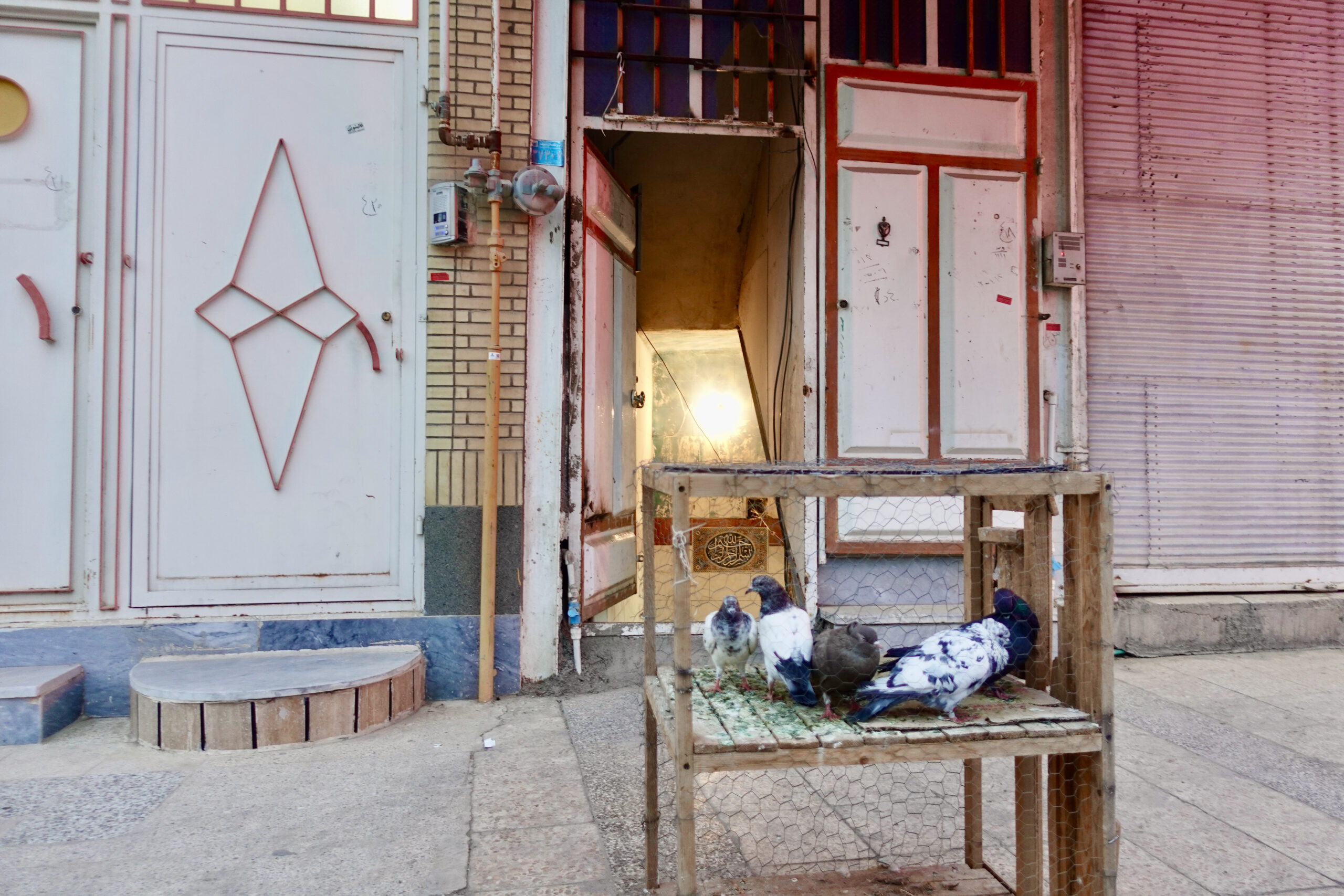
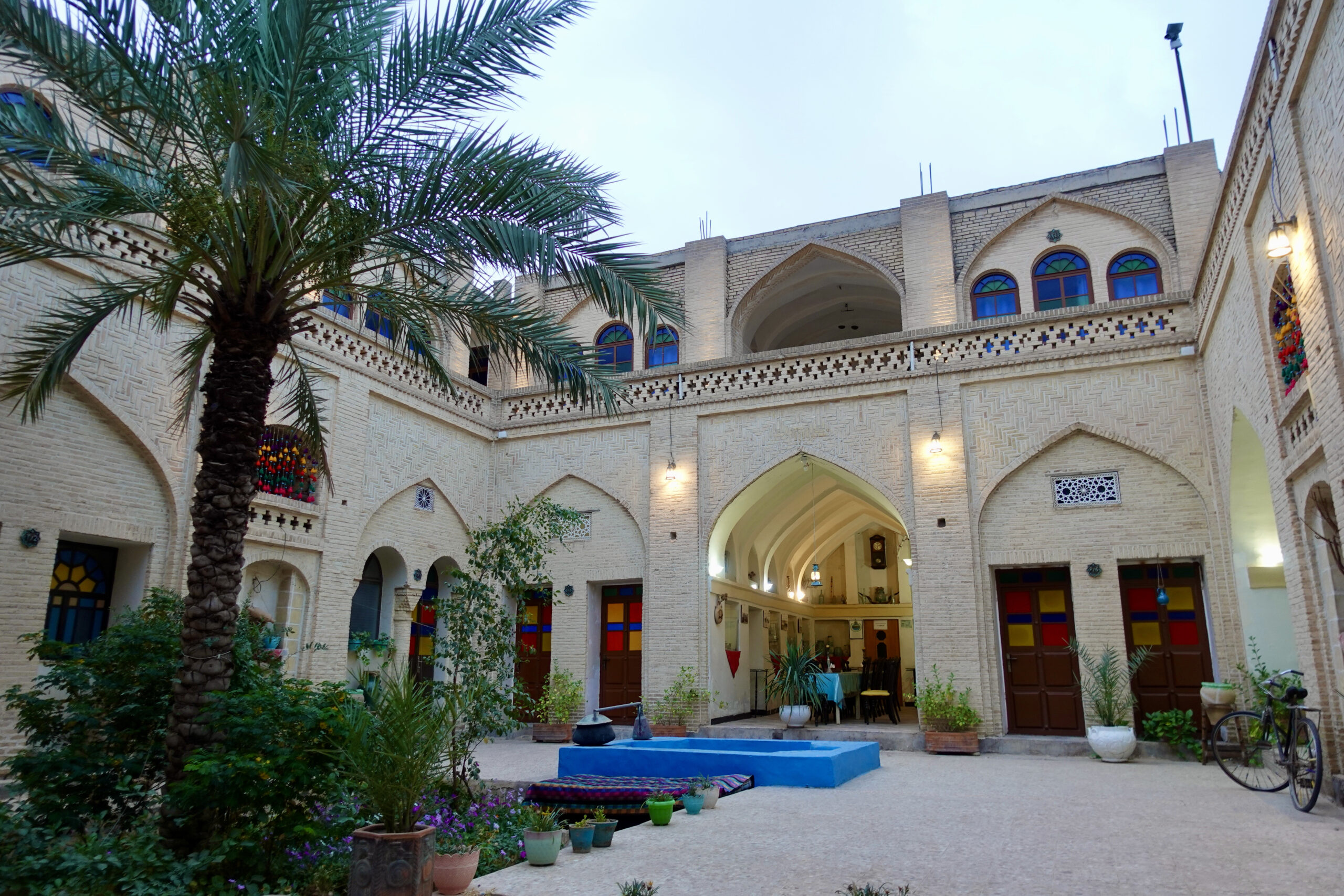
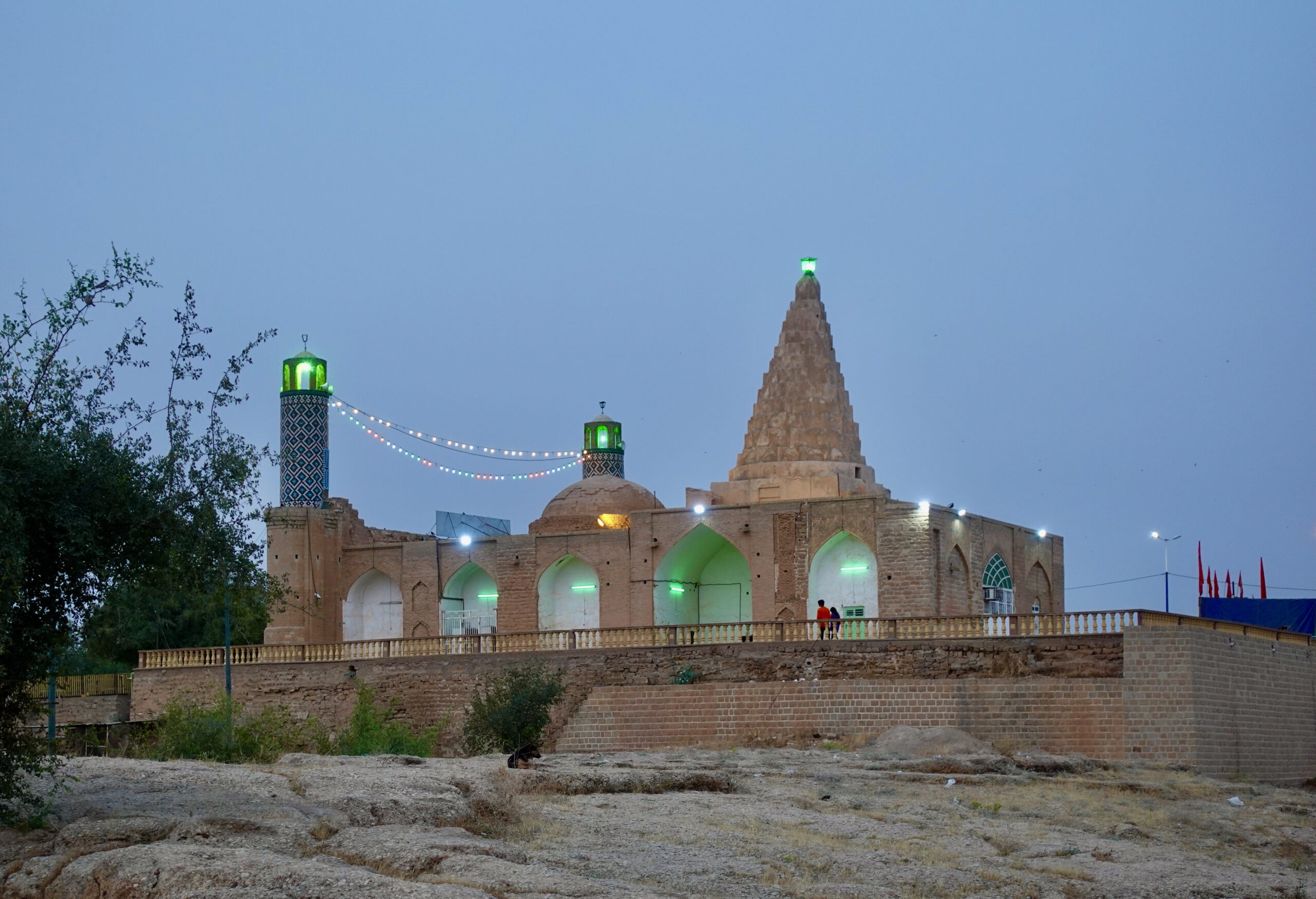

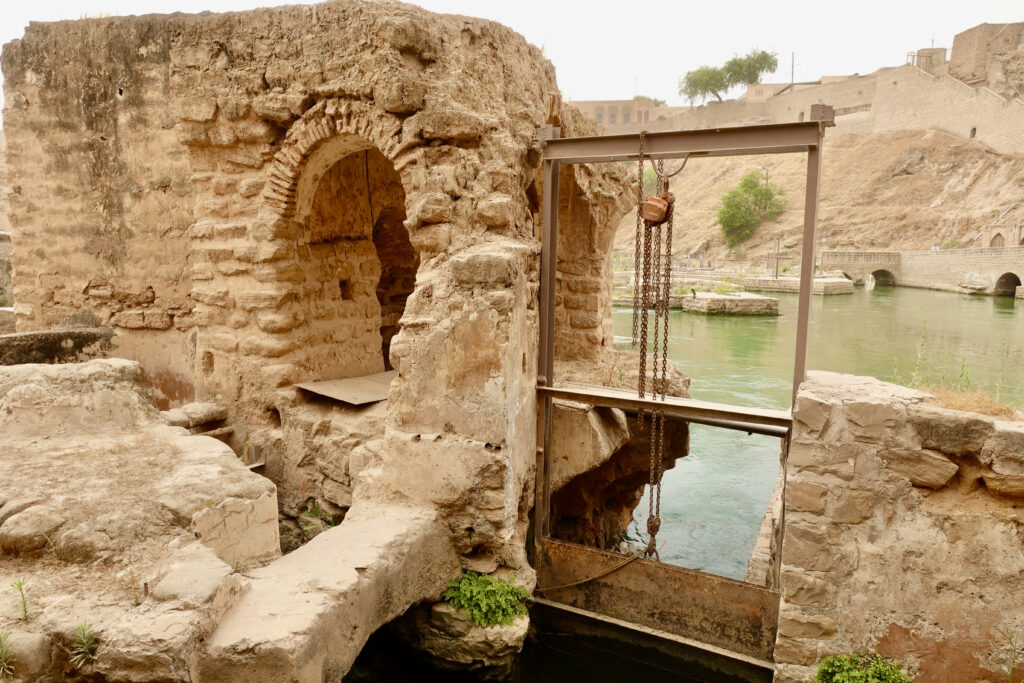
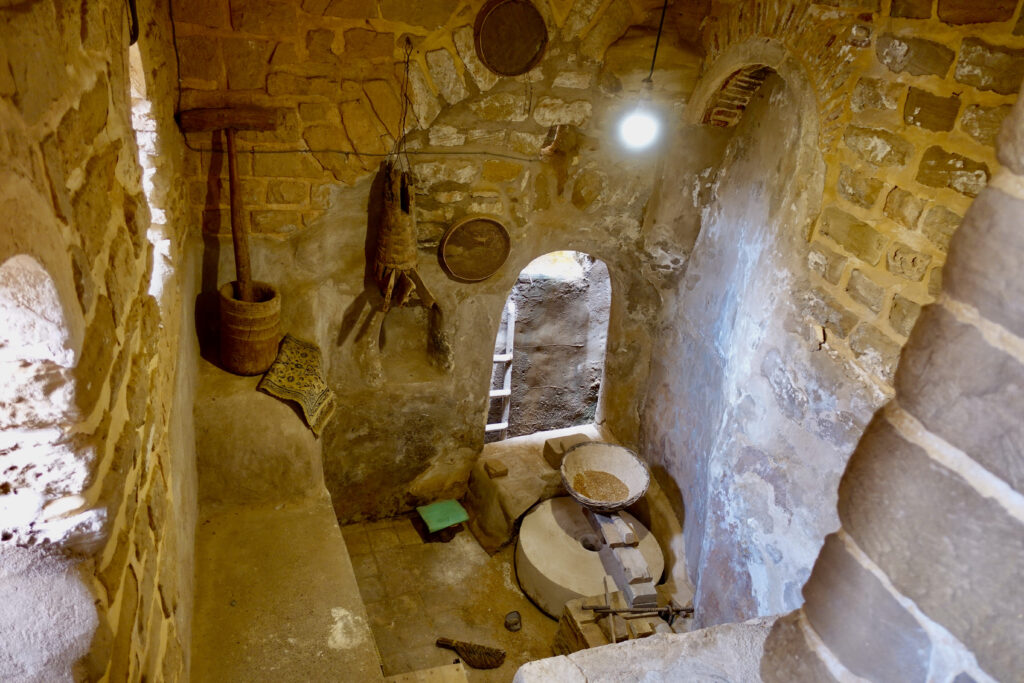
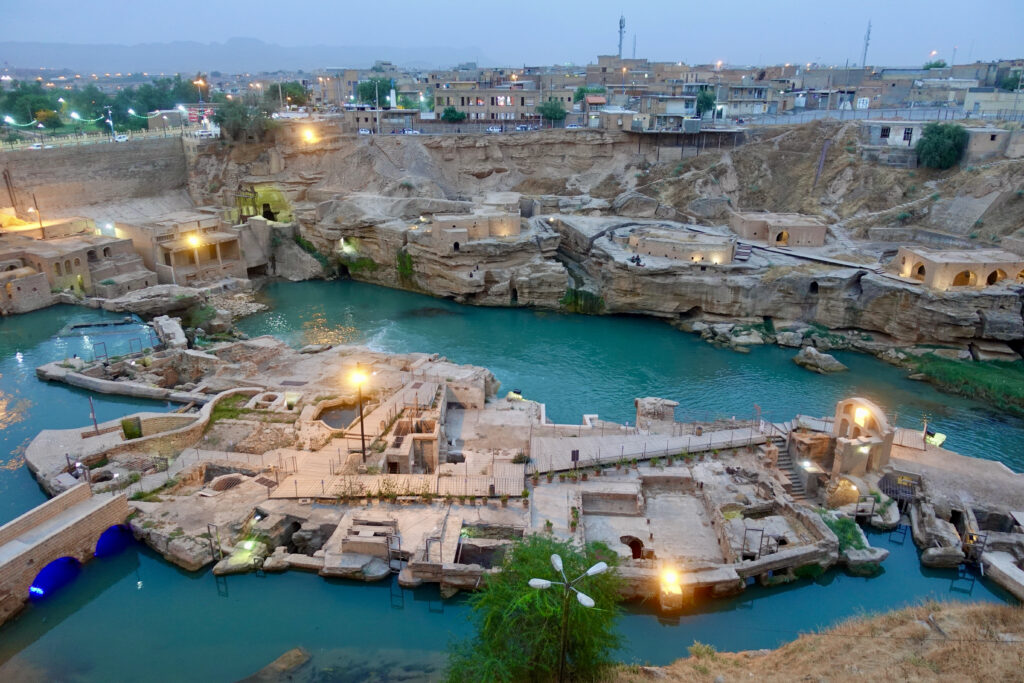
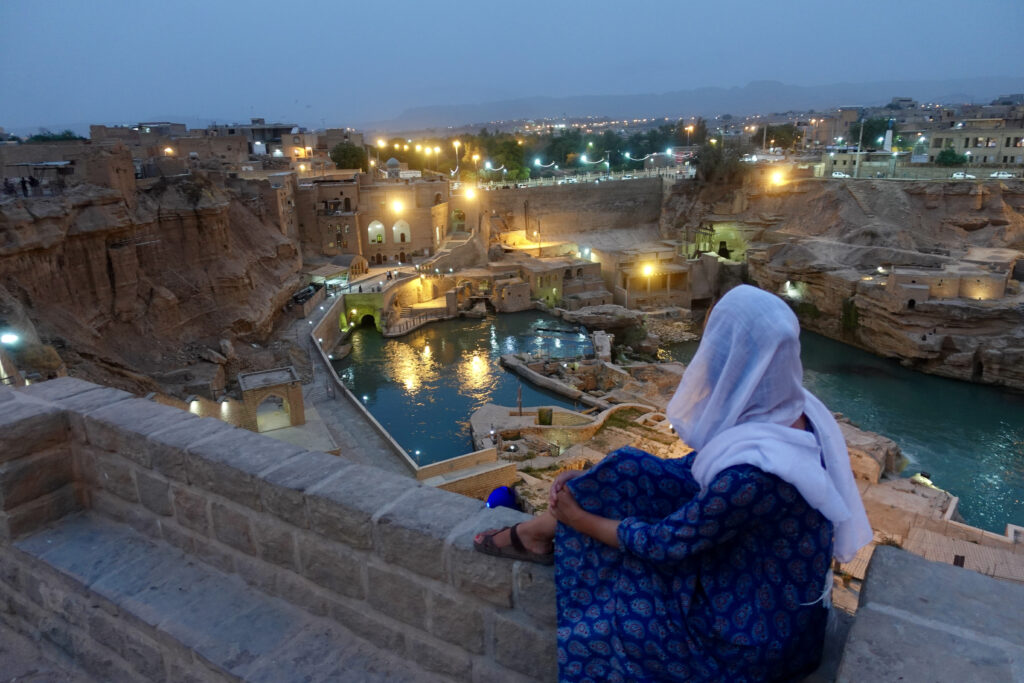
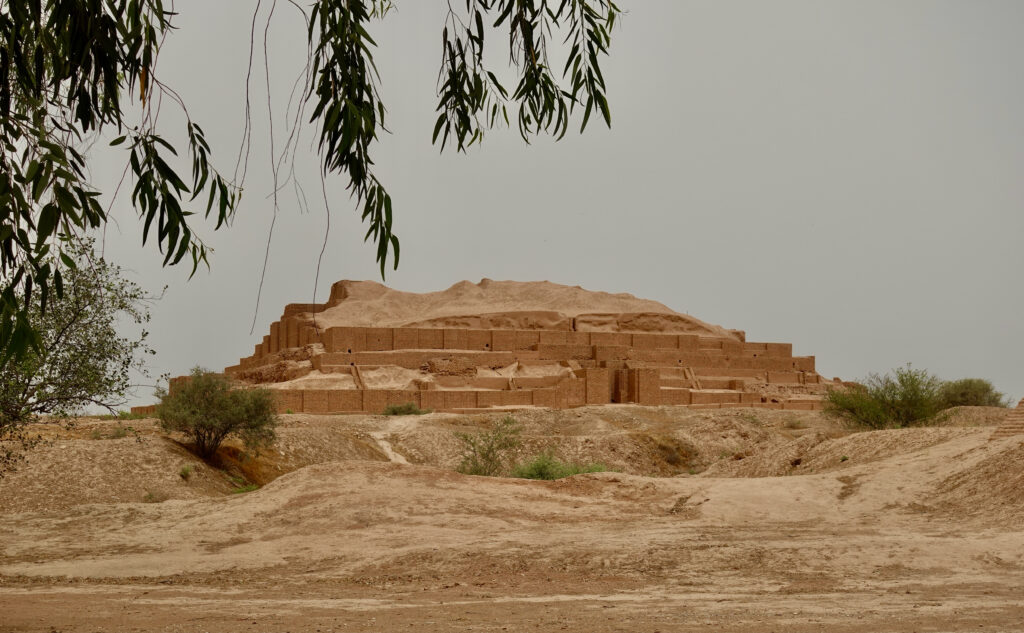
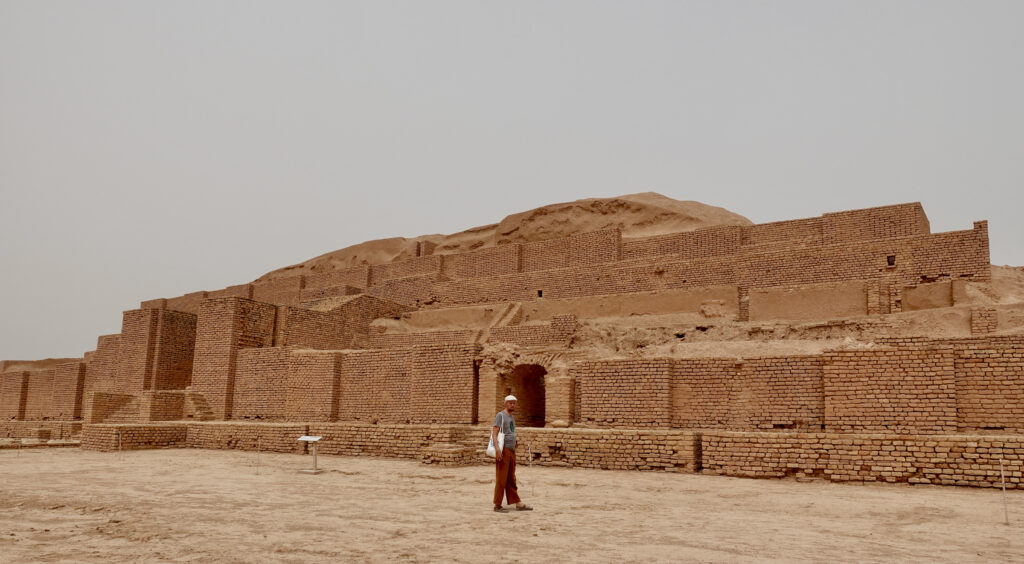
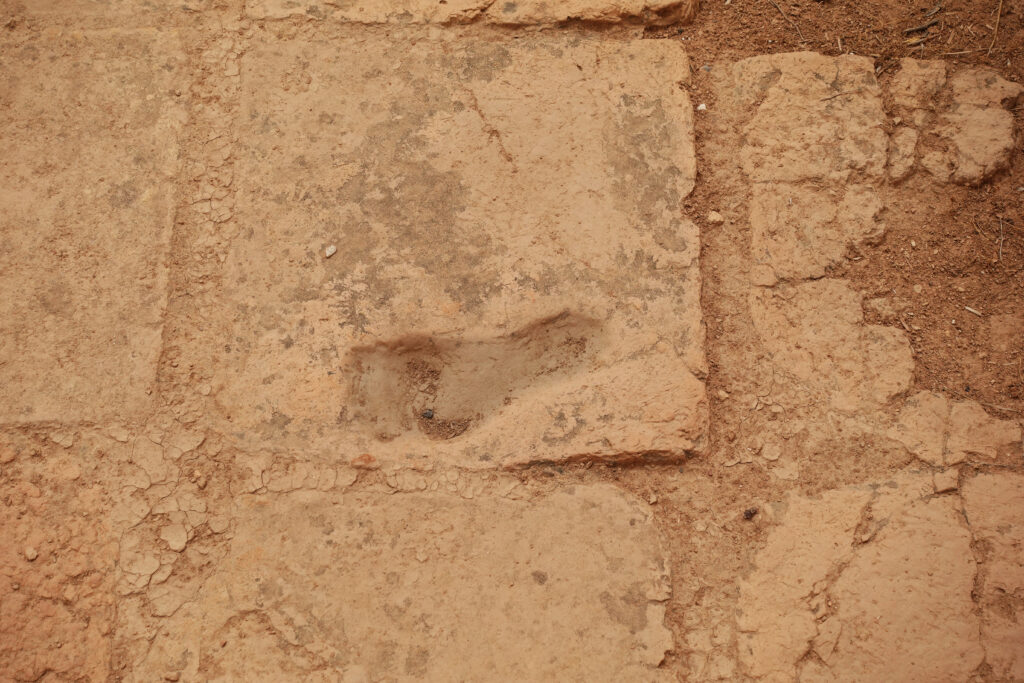
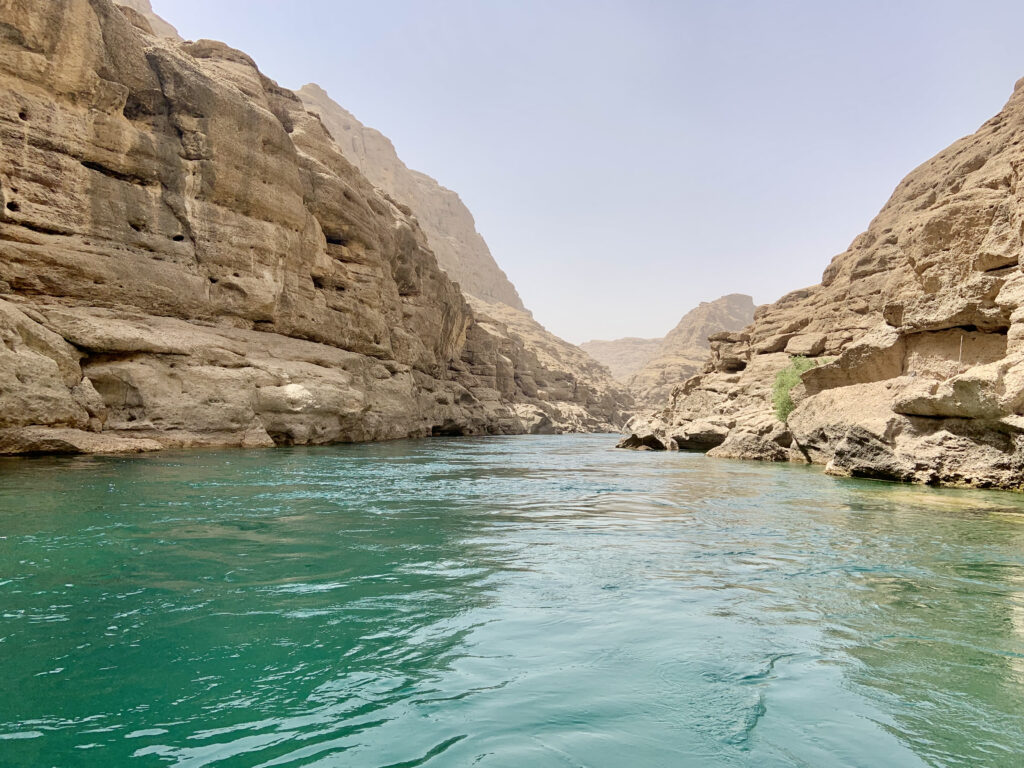


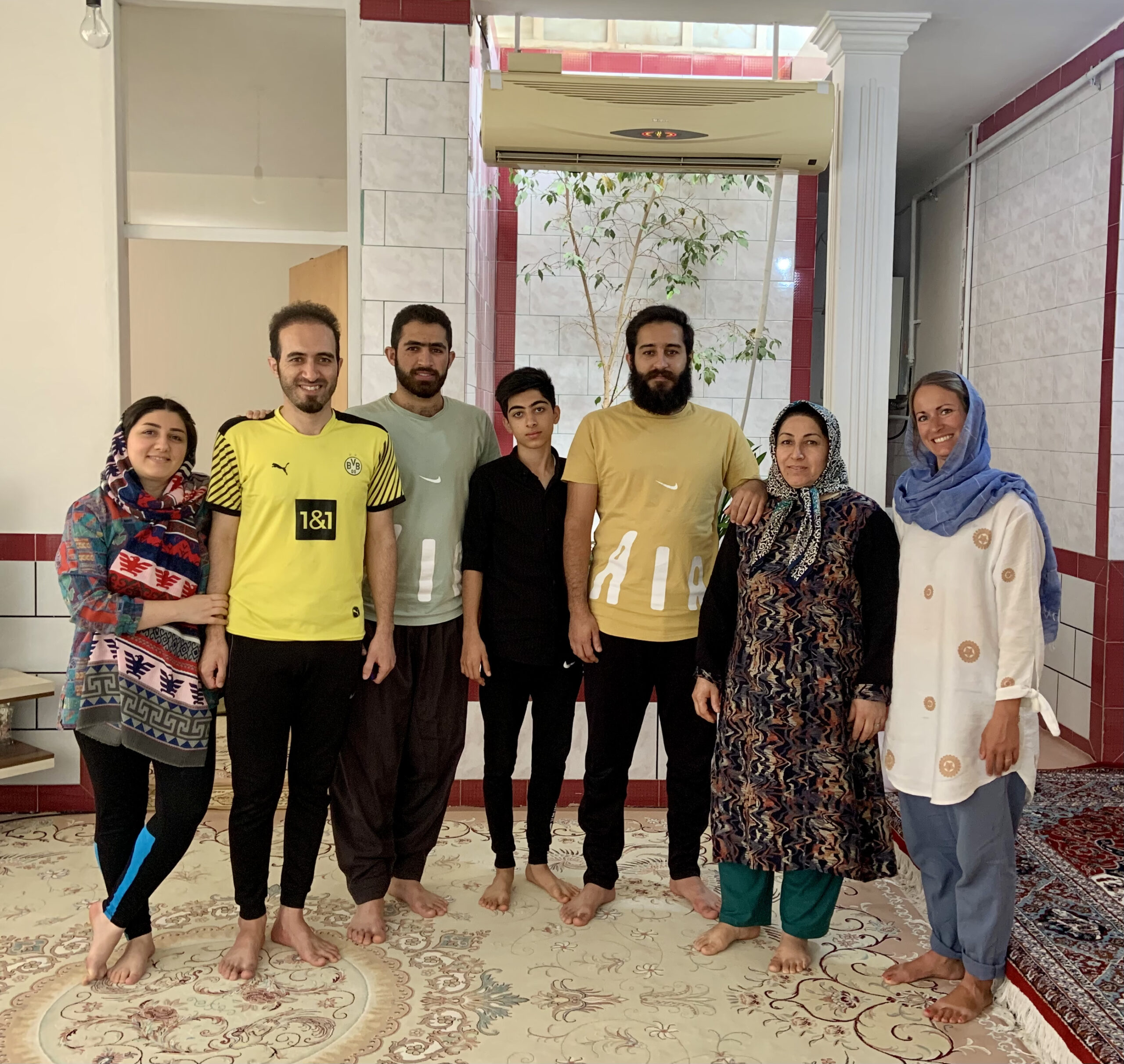
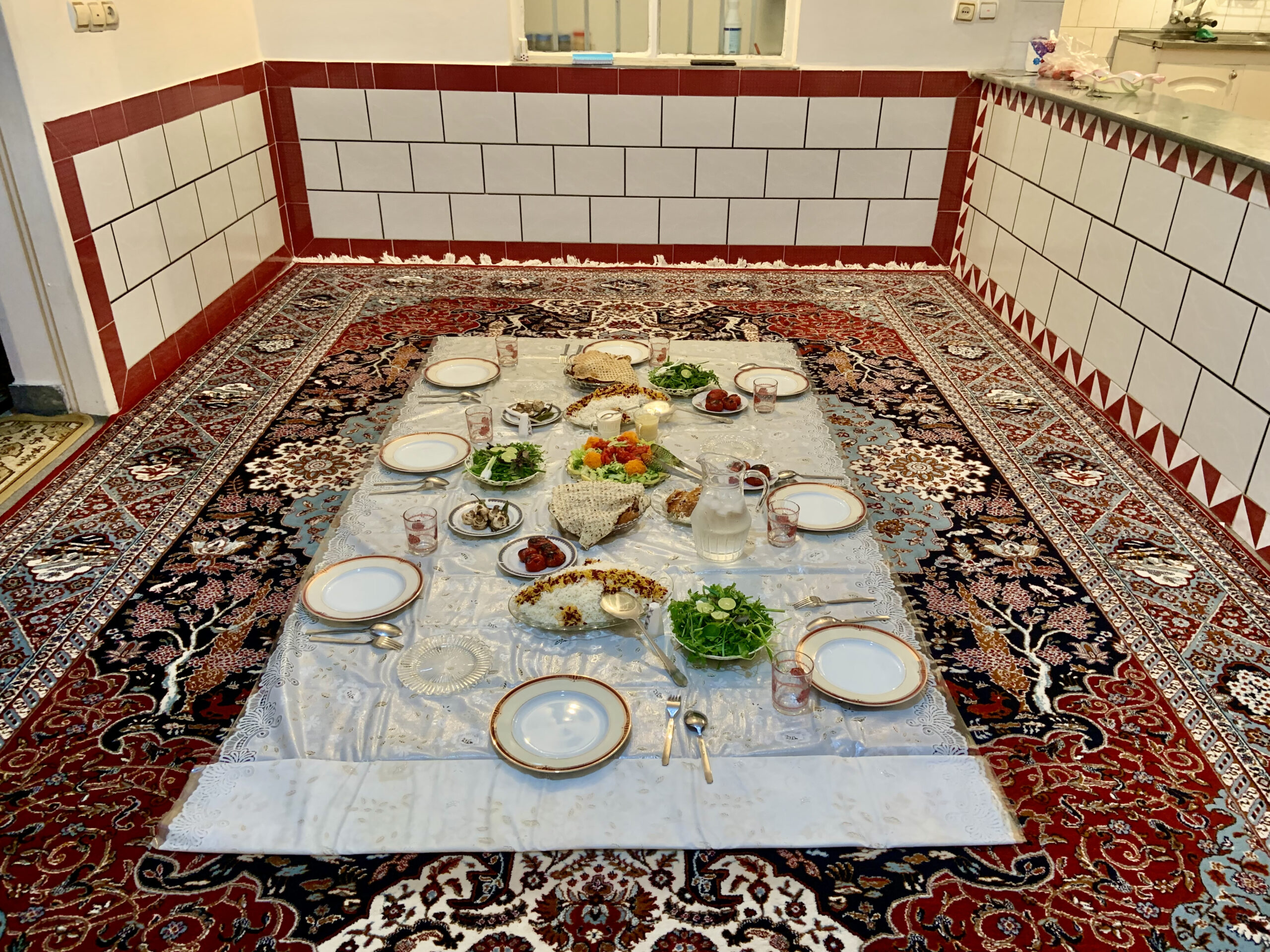


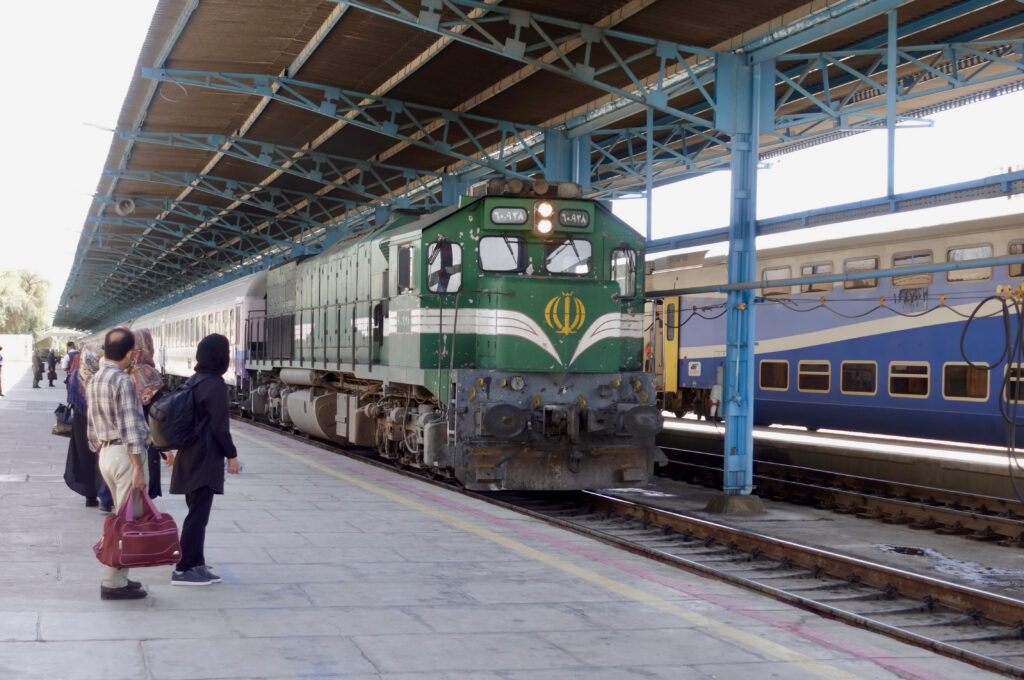

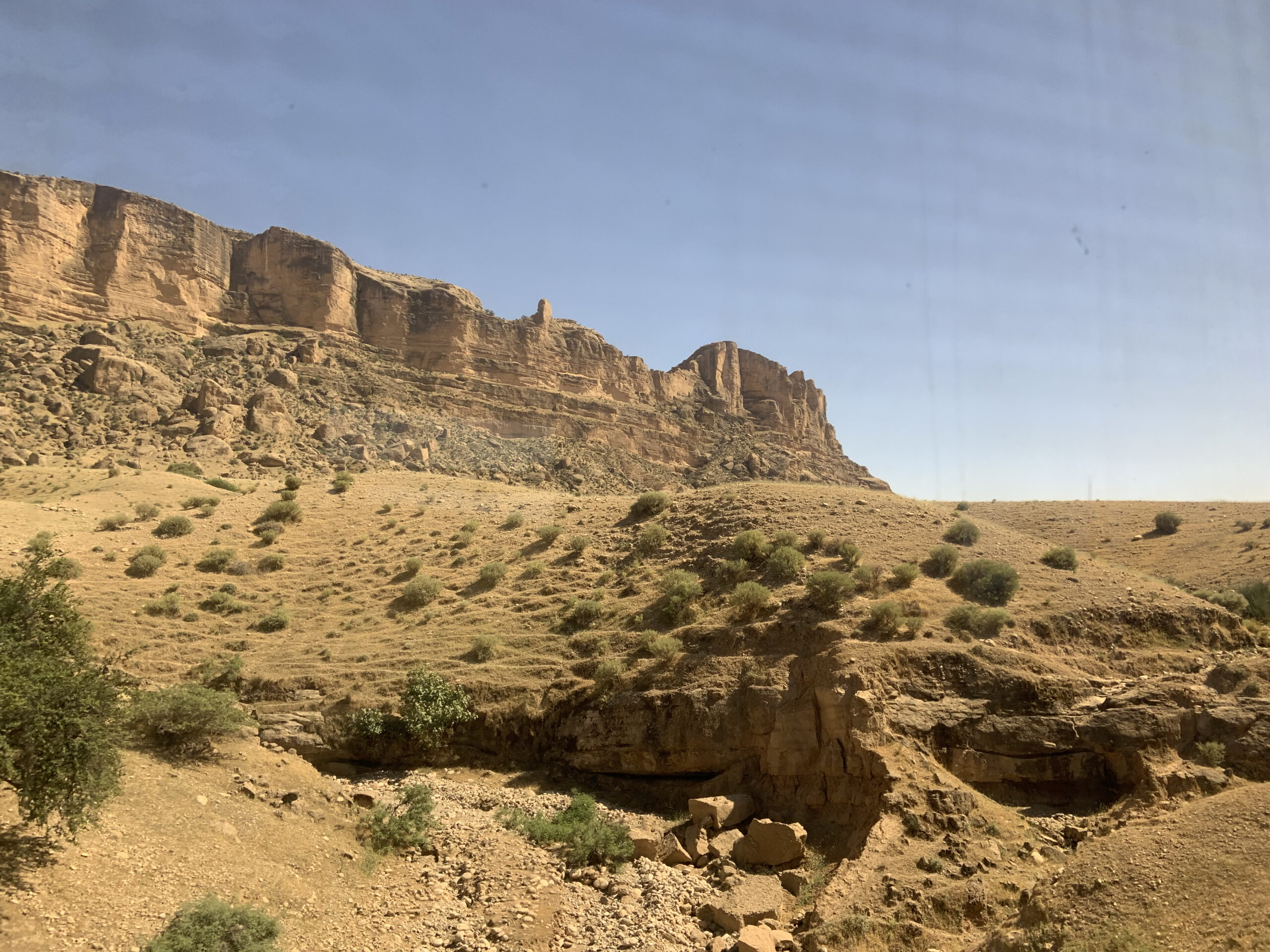

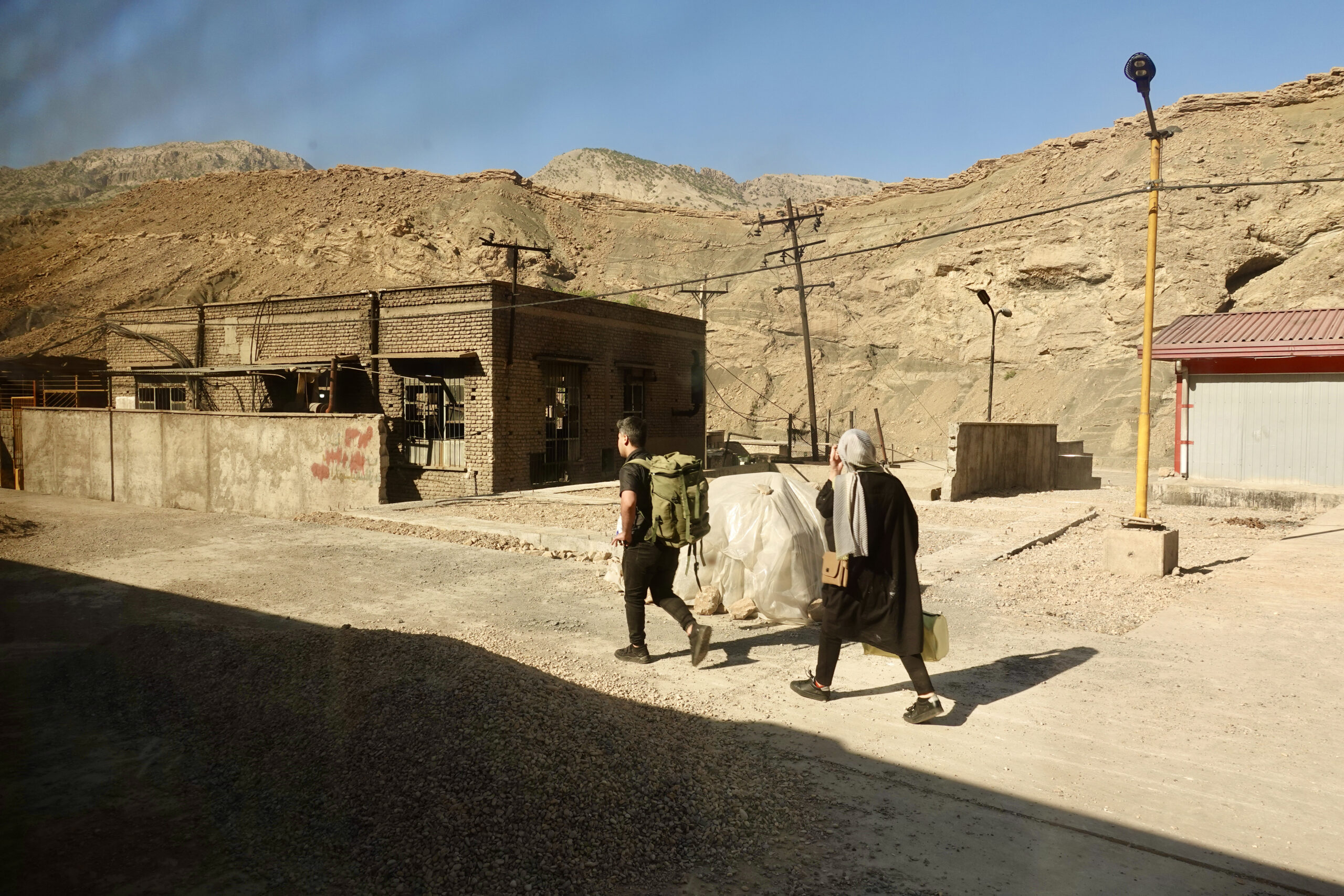
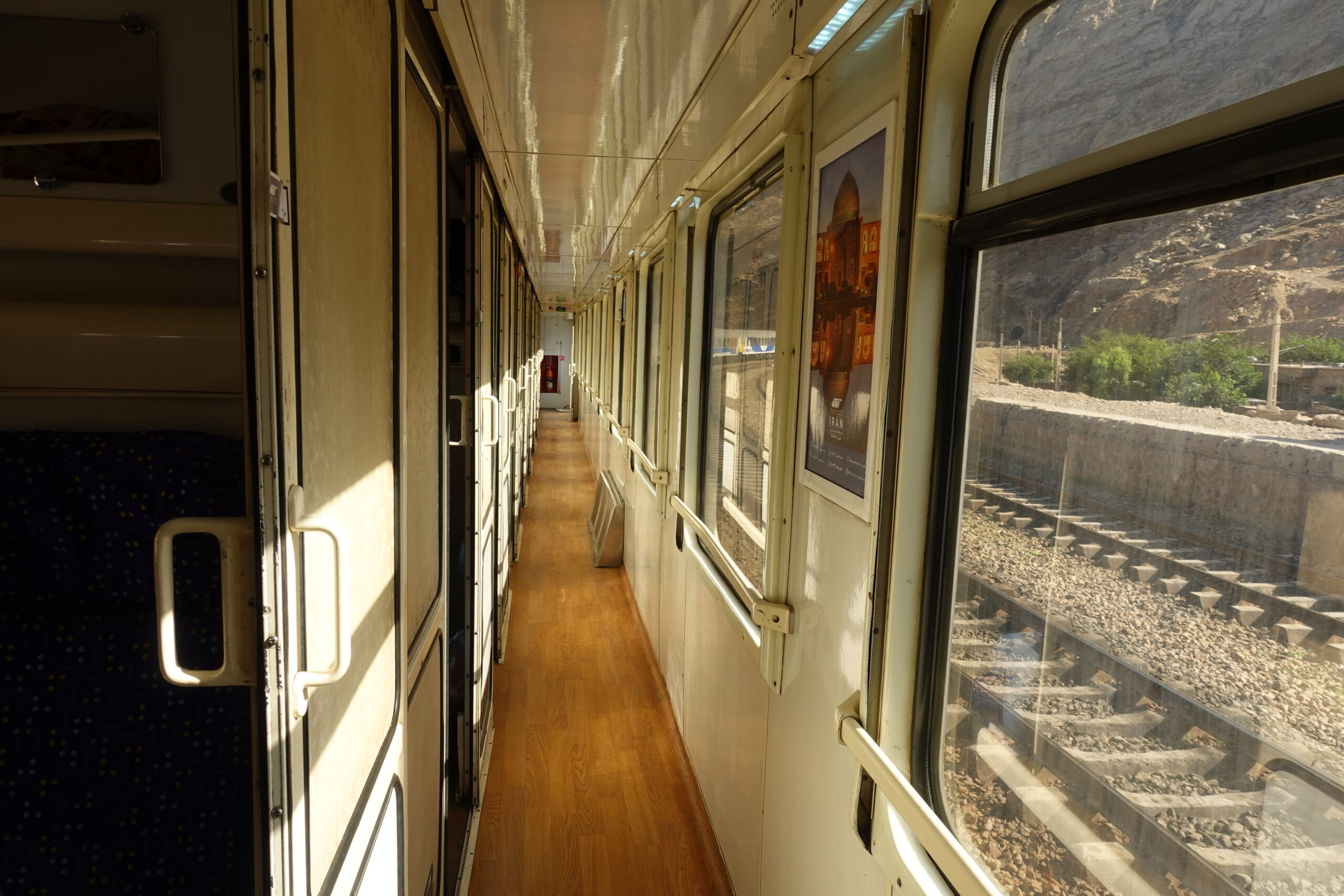
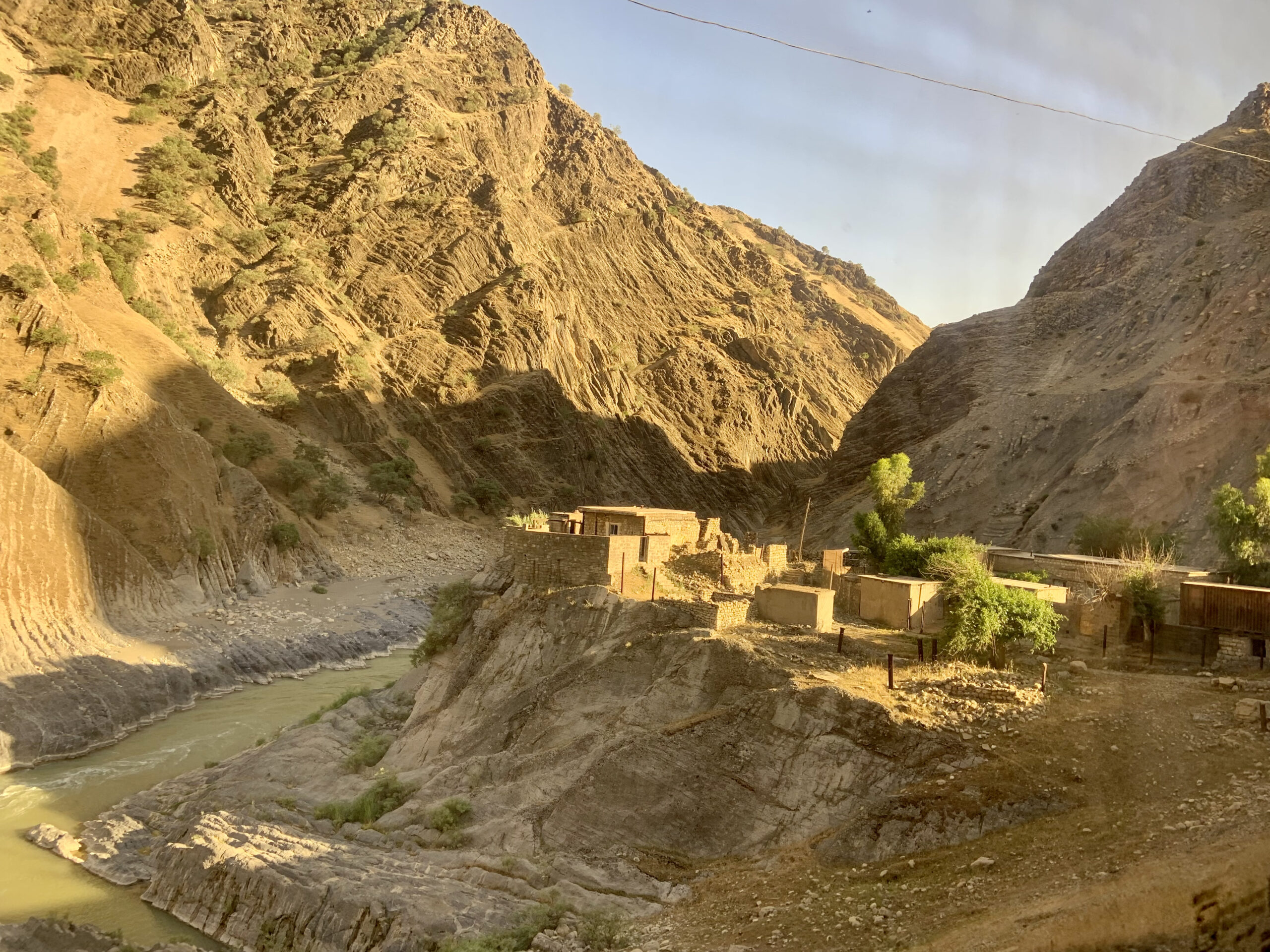




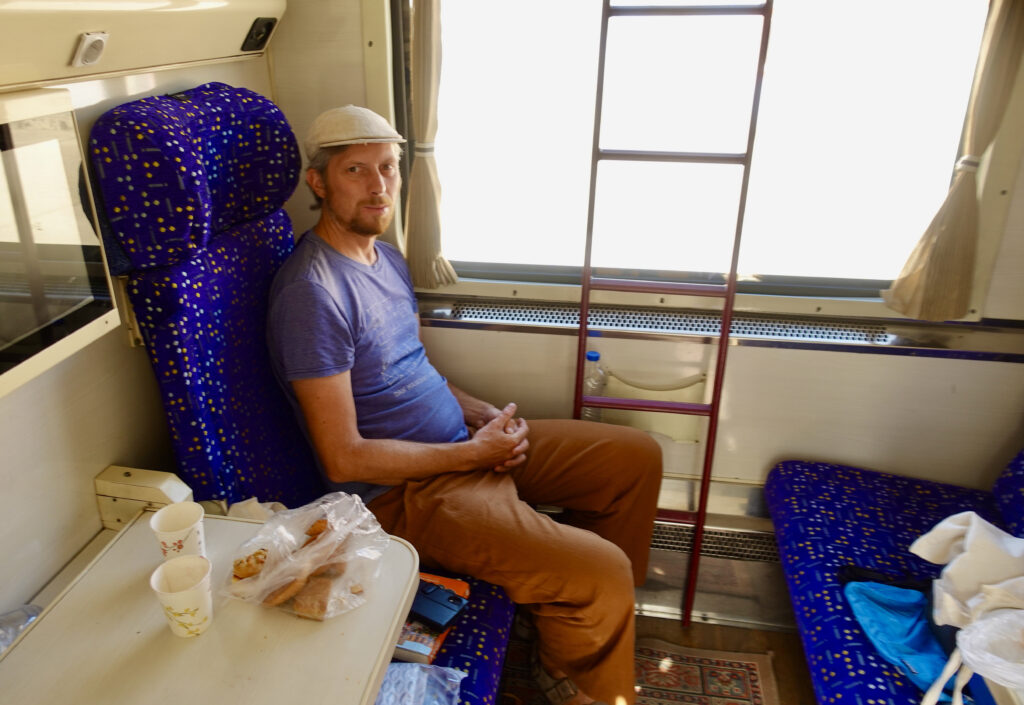

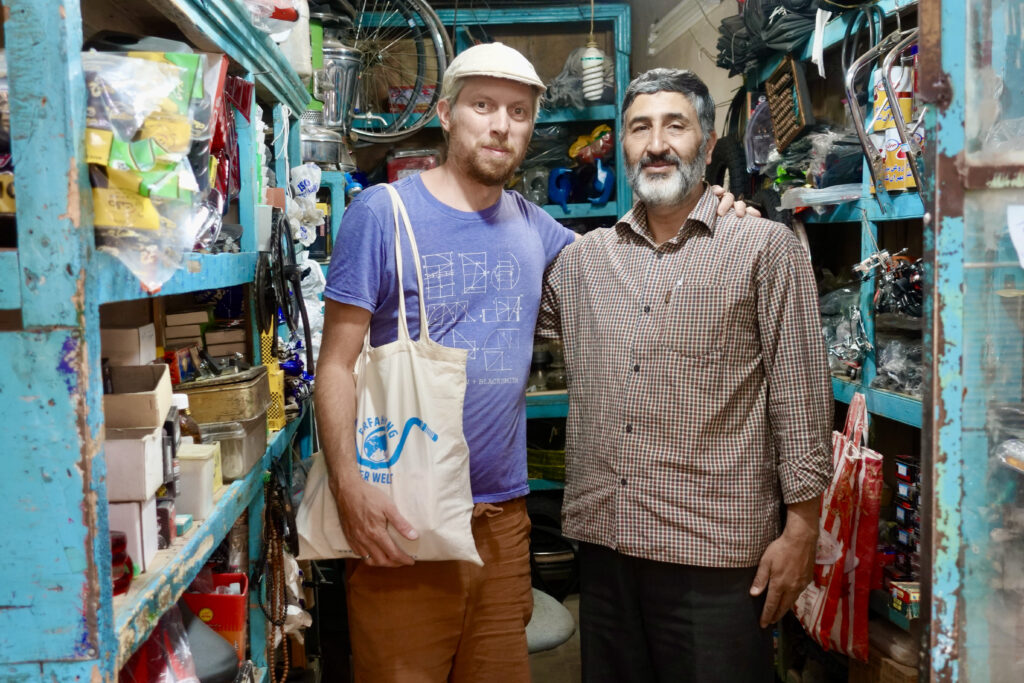
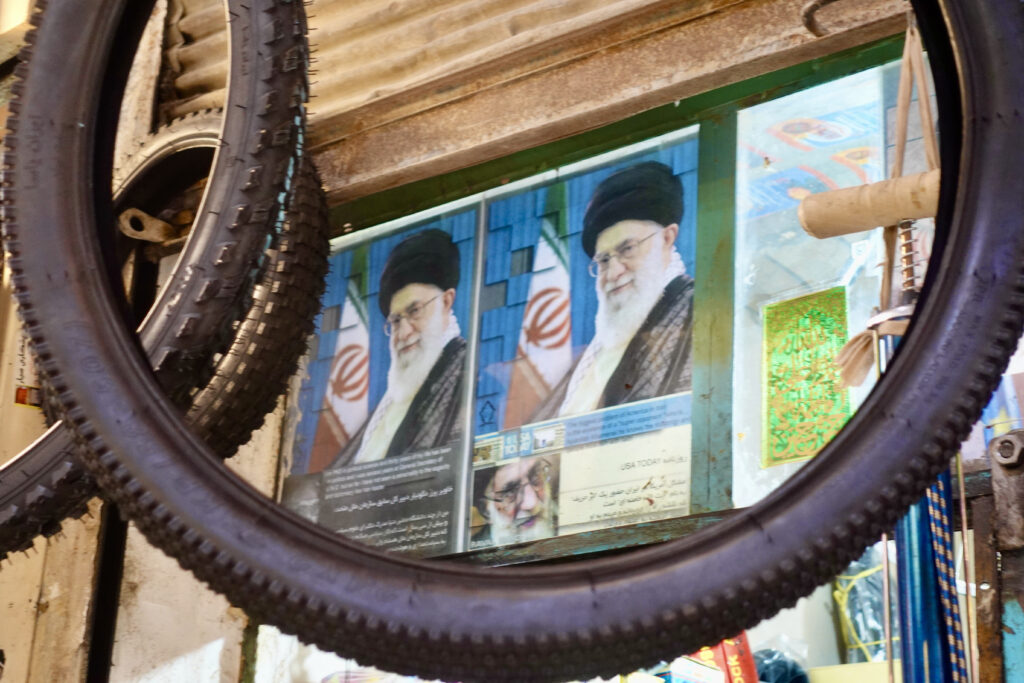
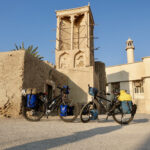
Leave a Reply